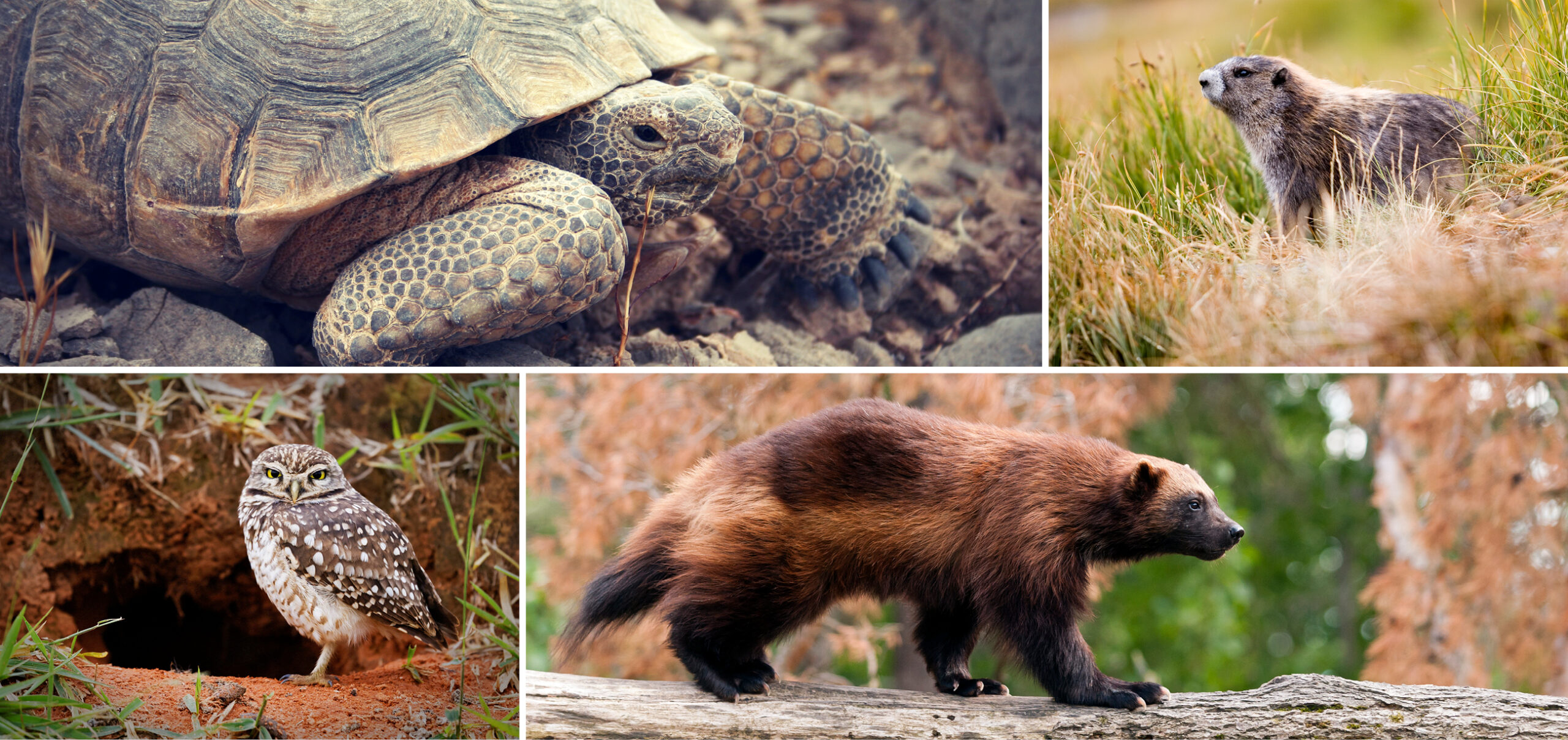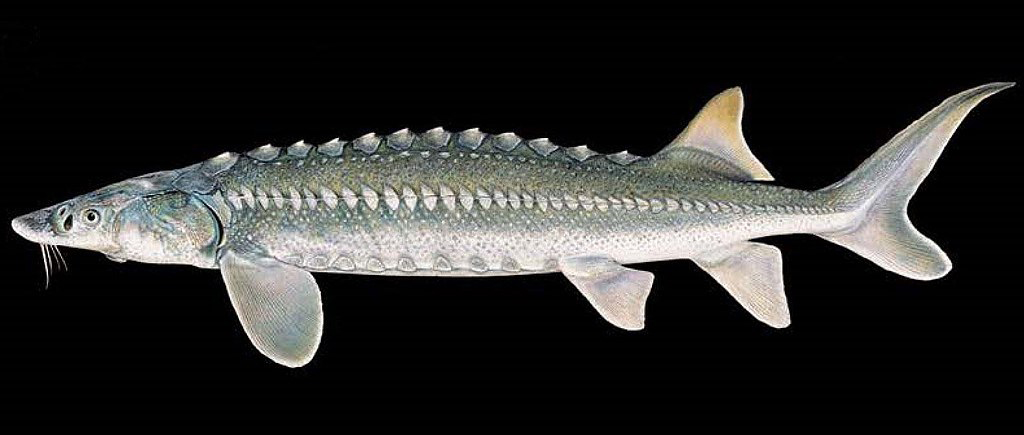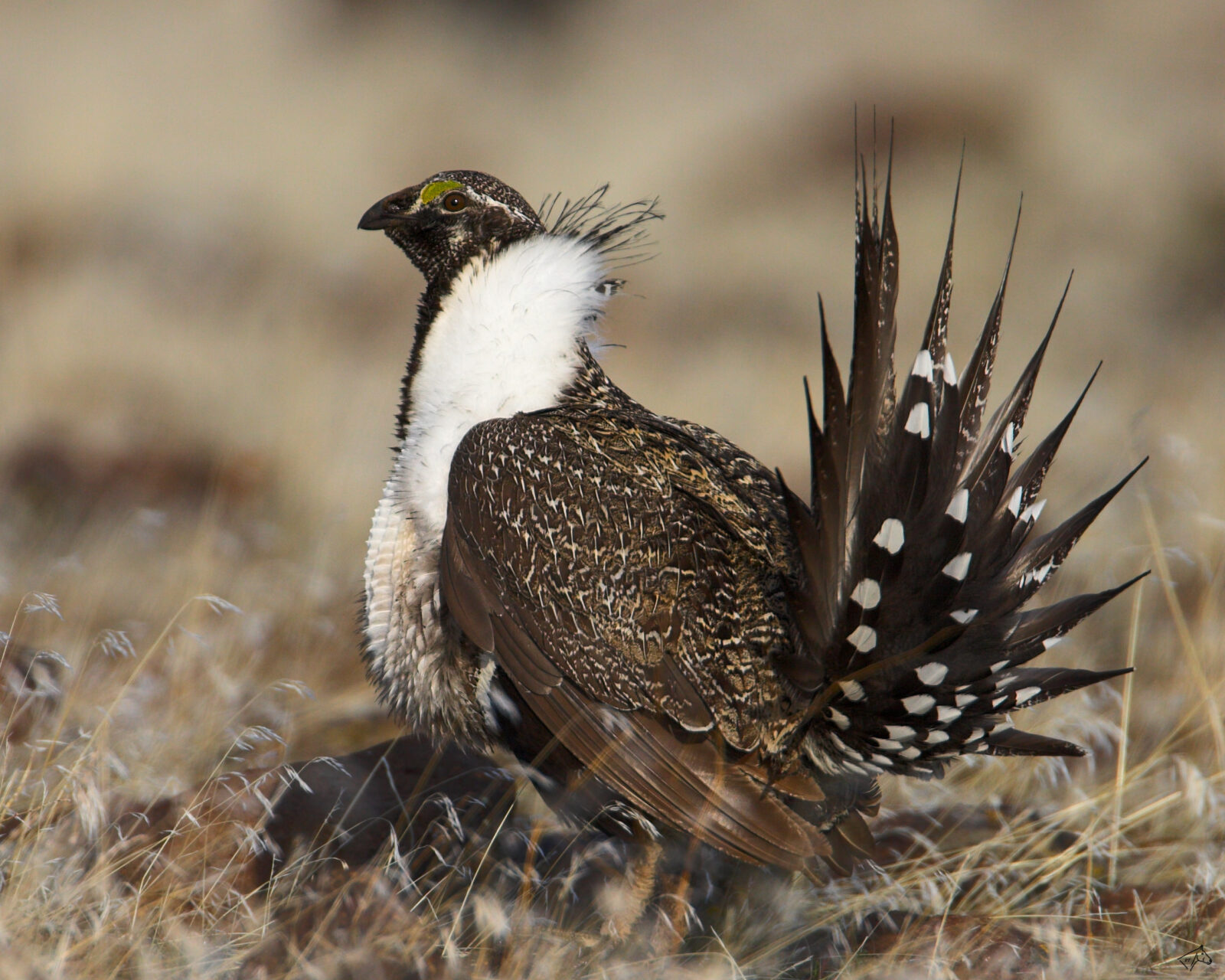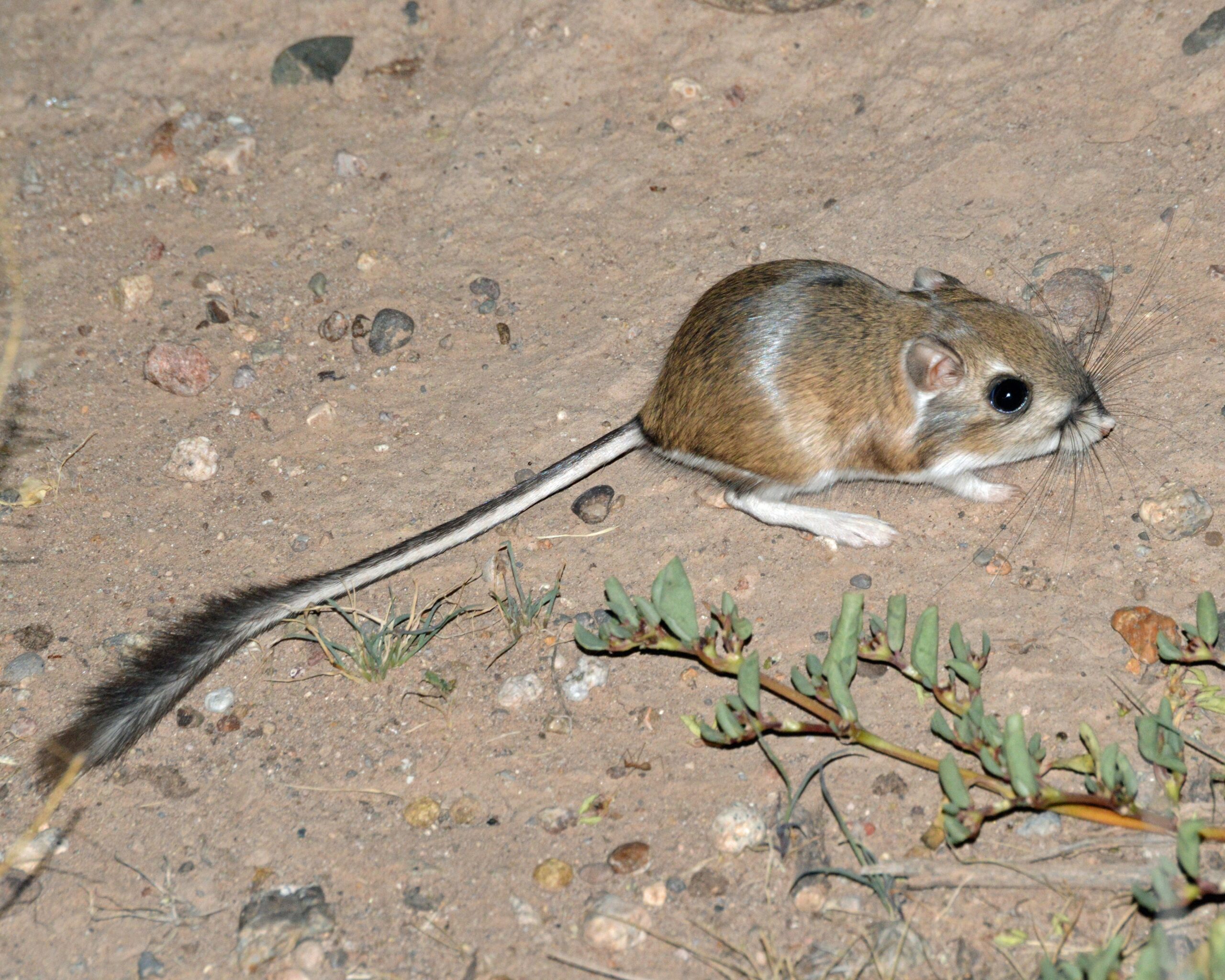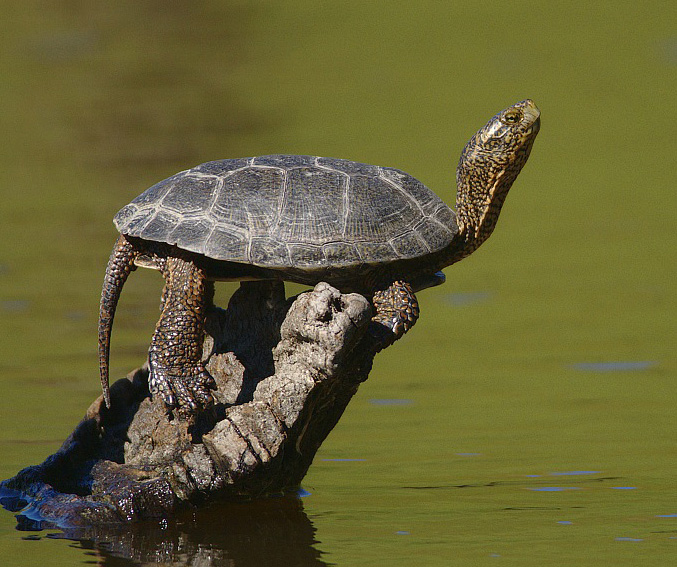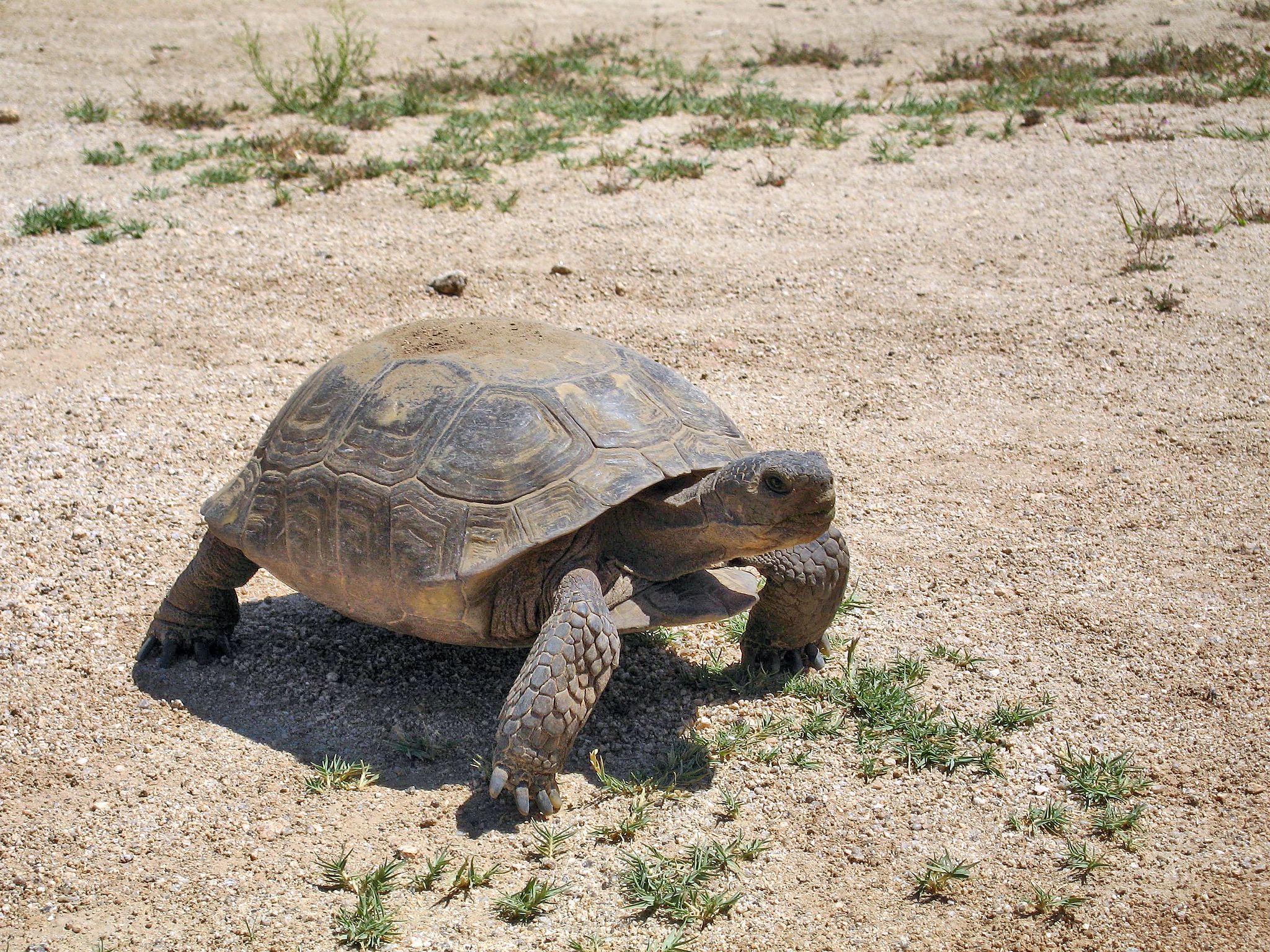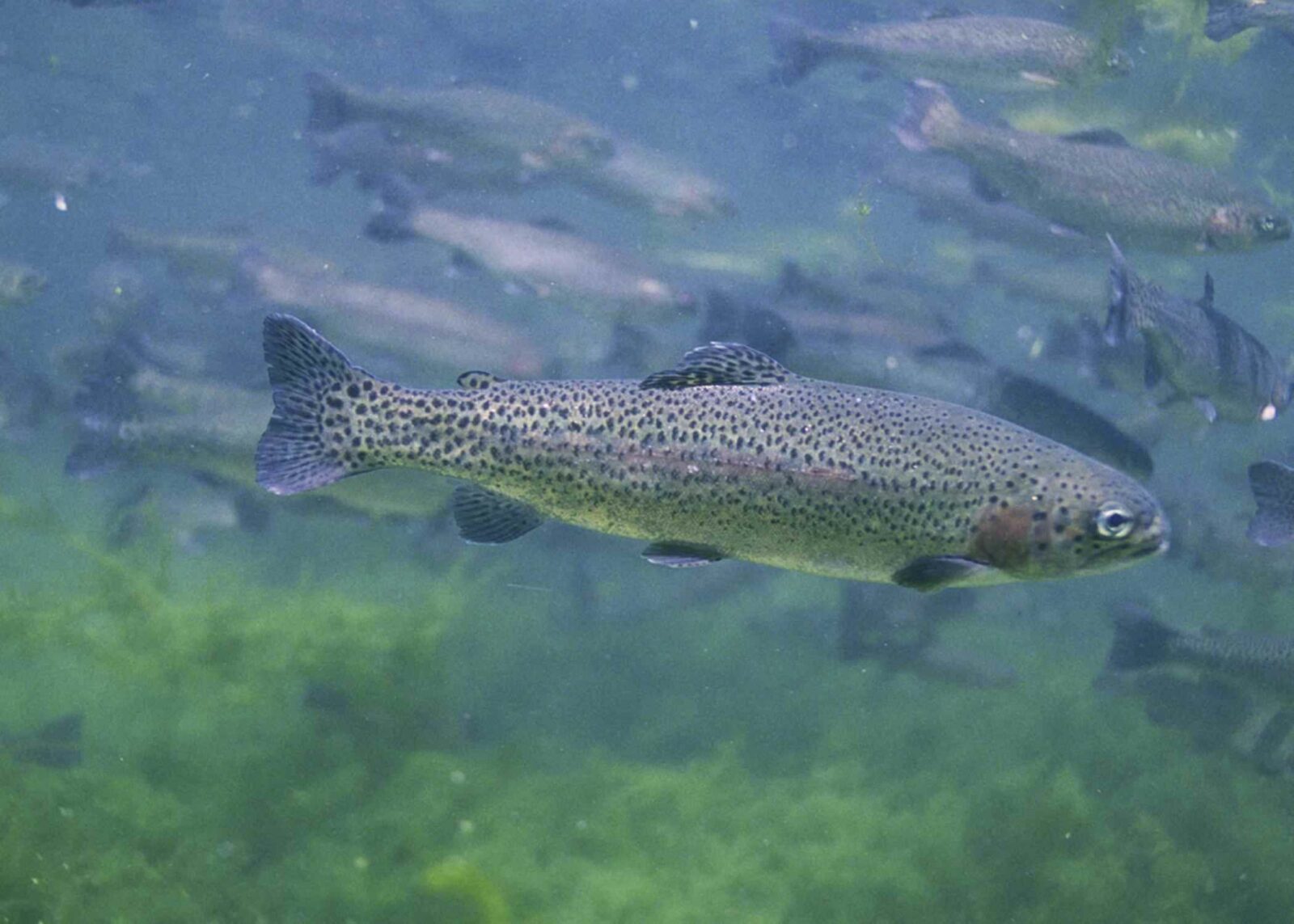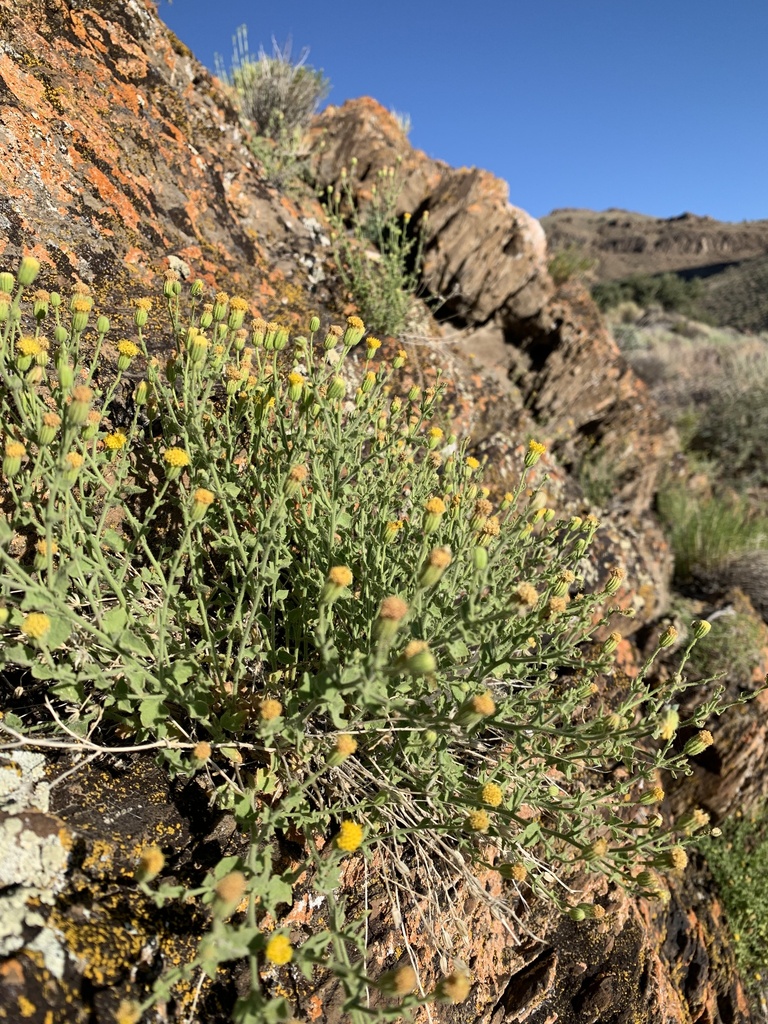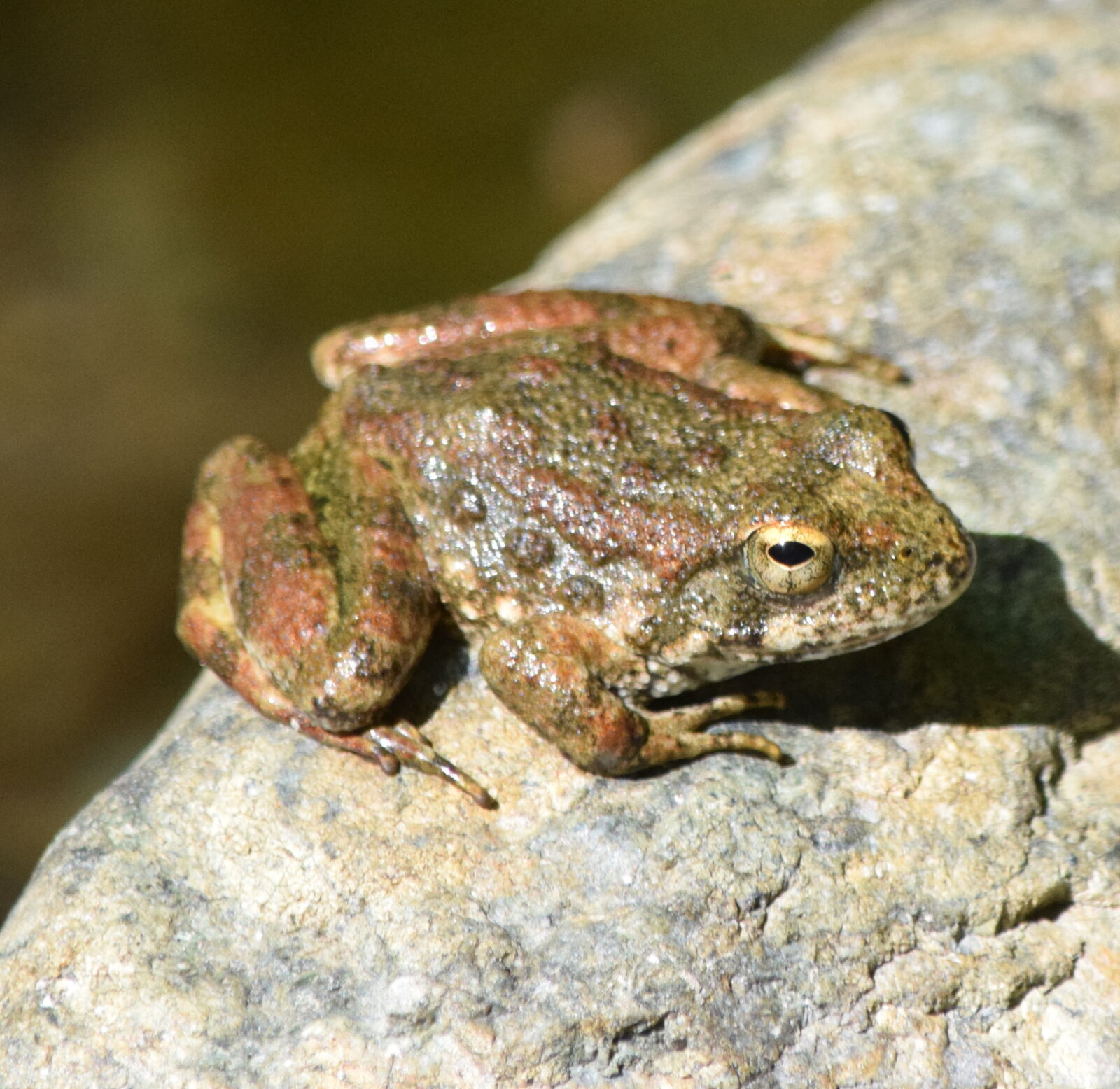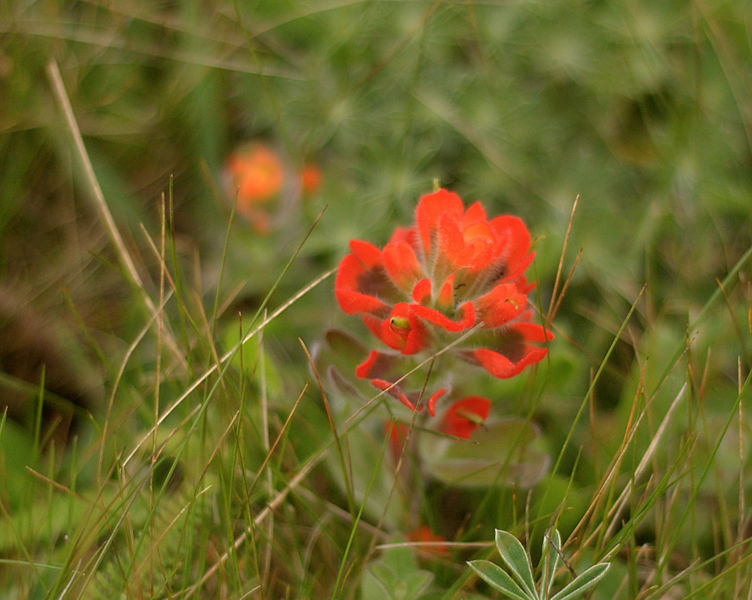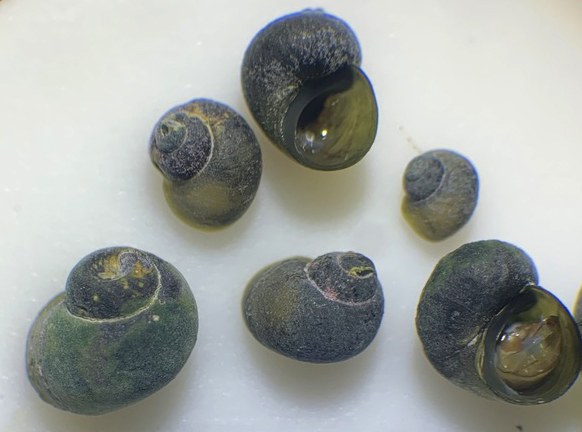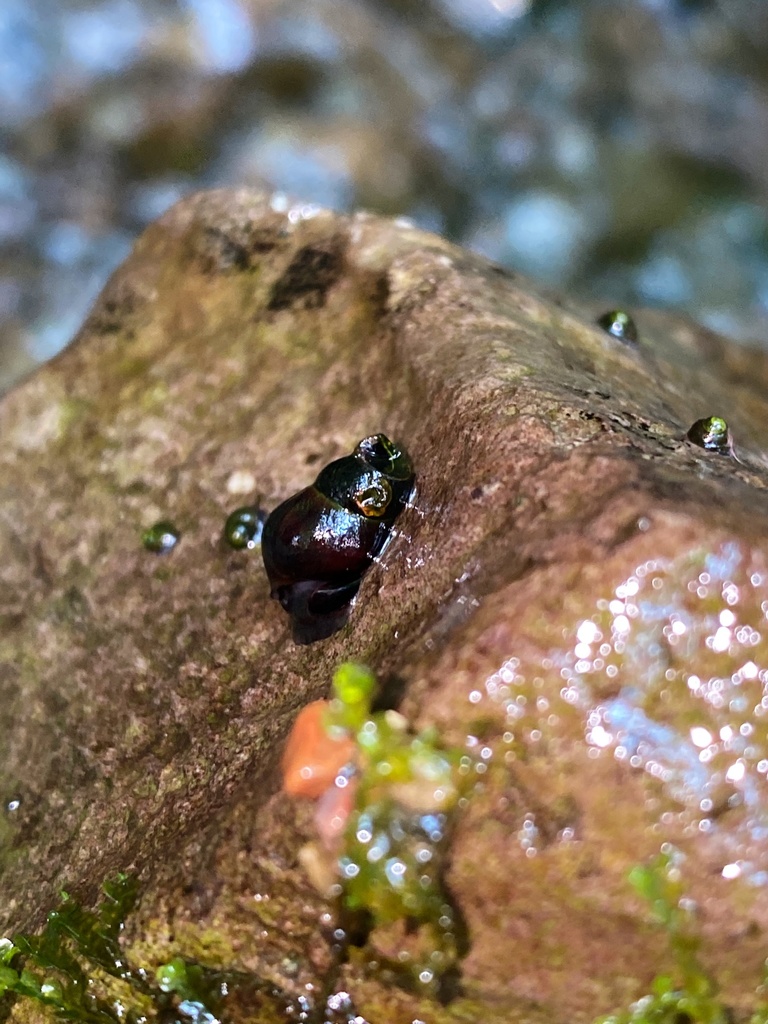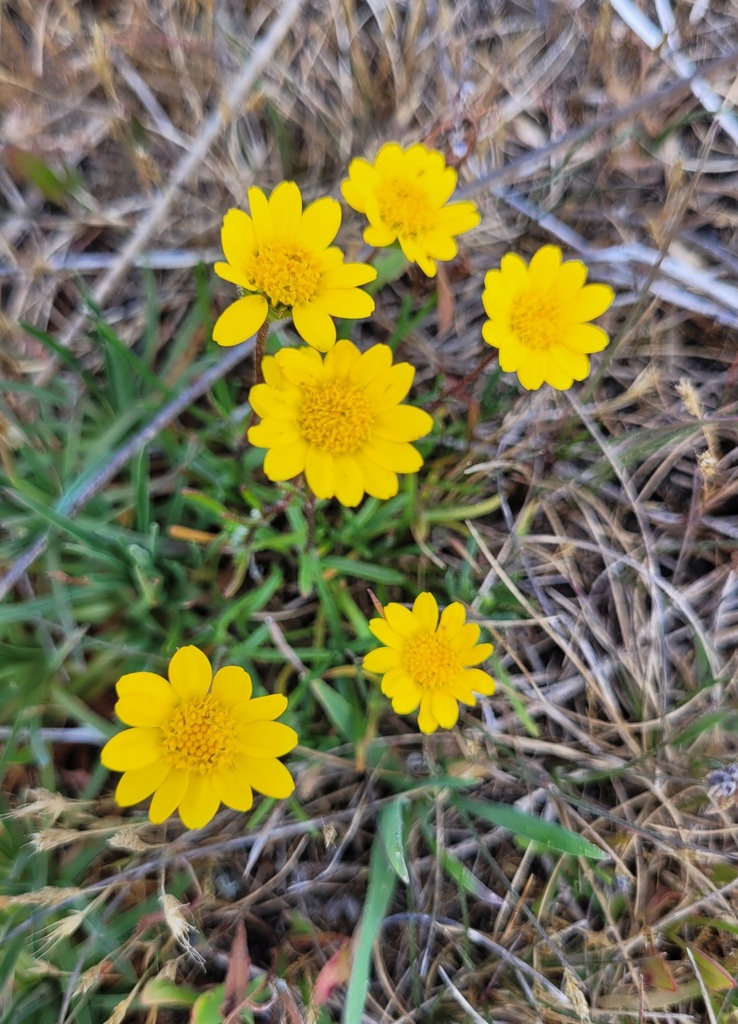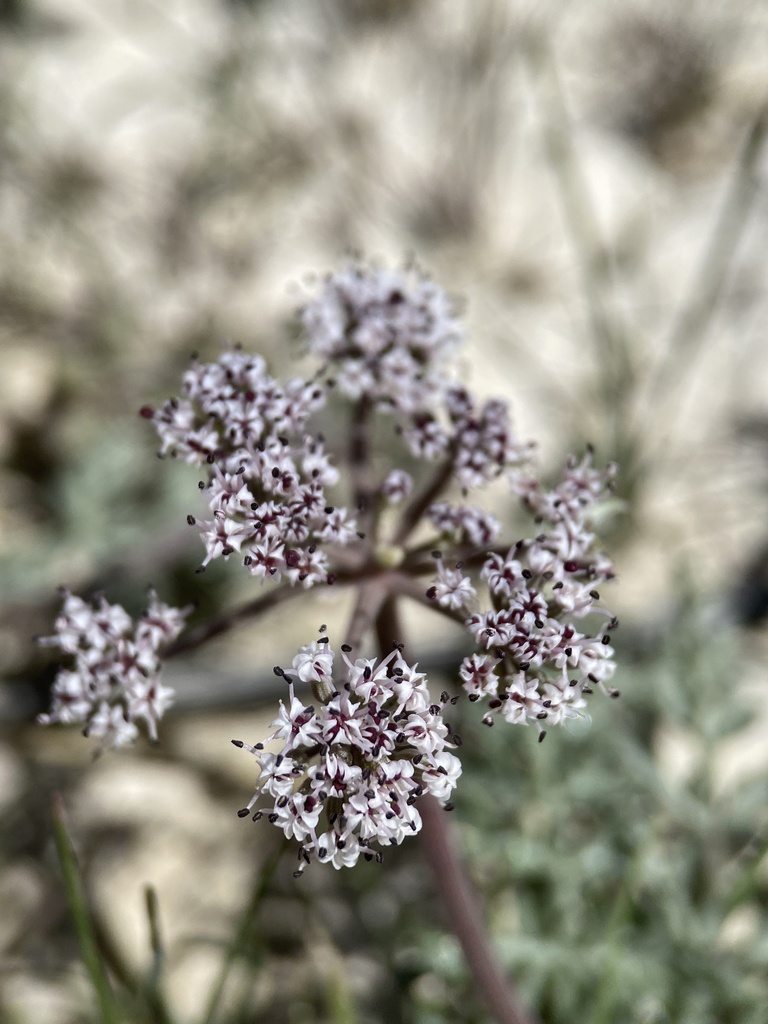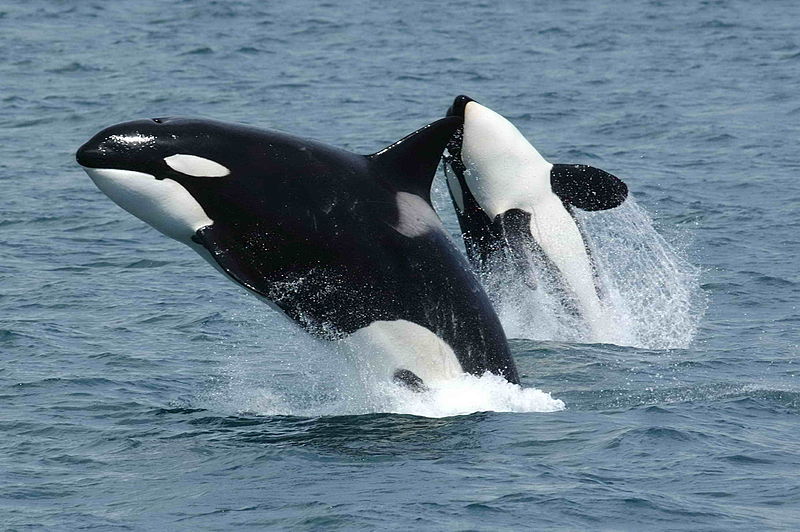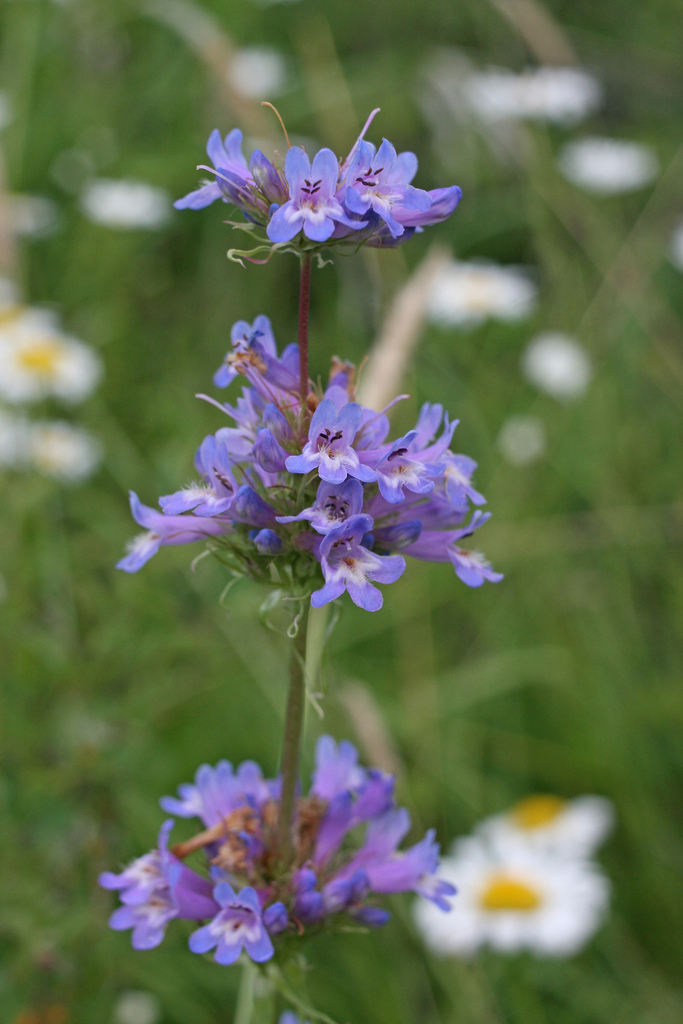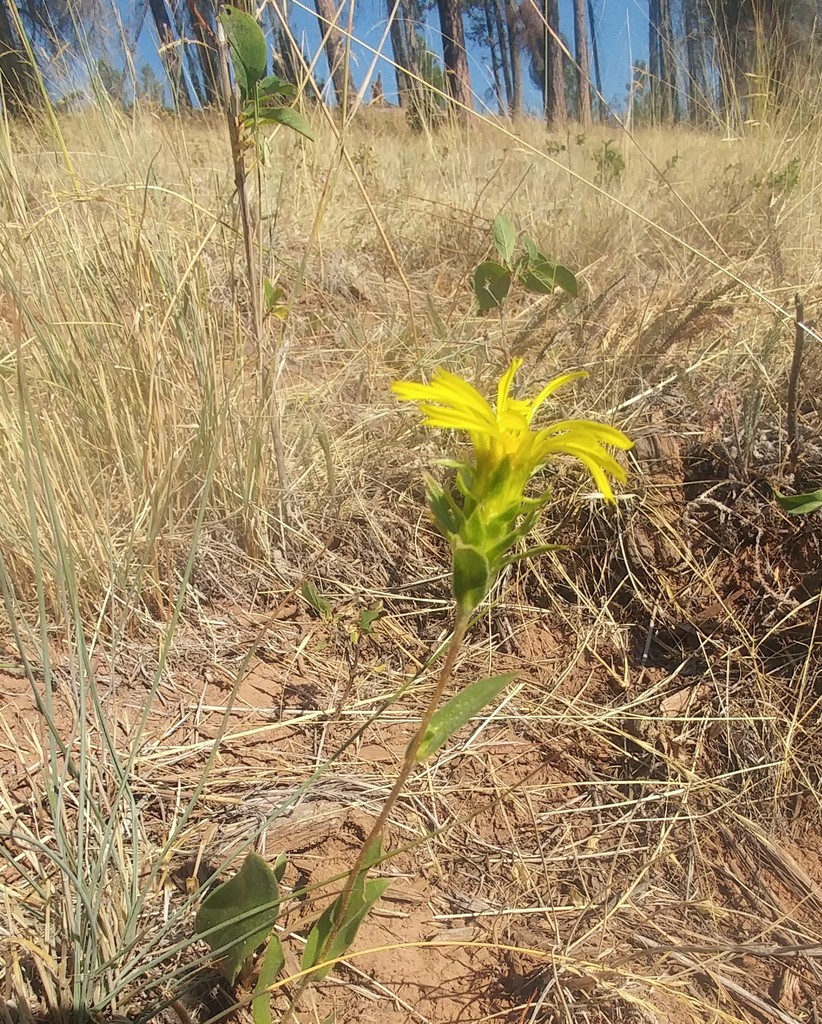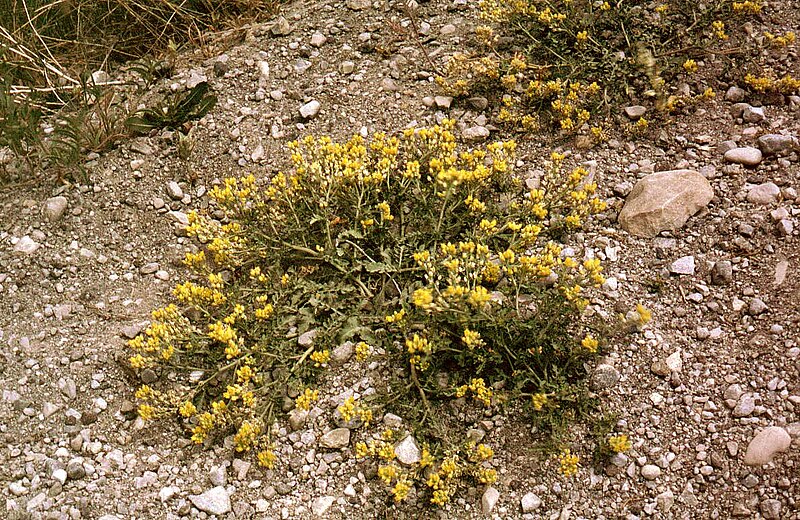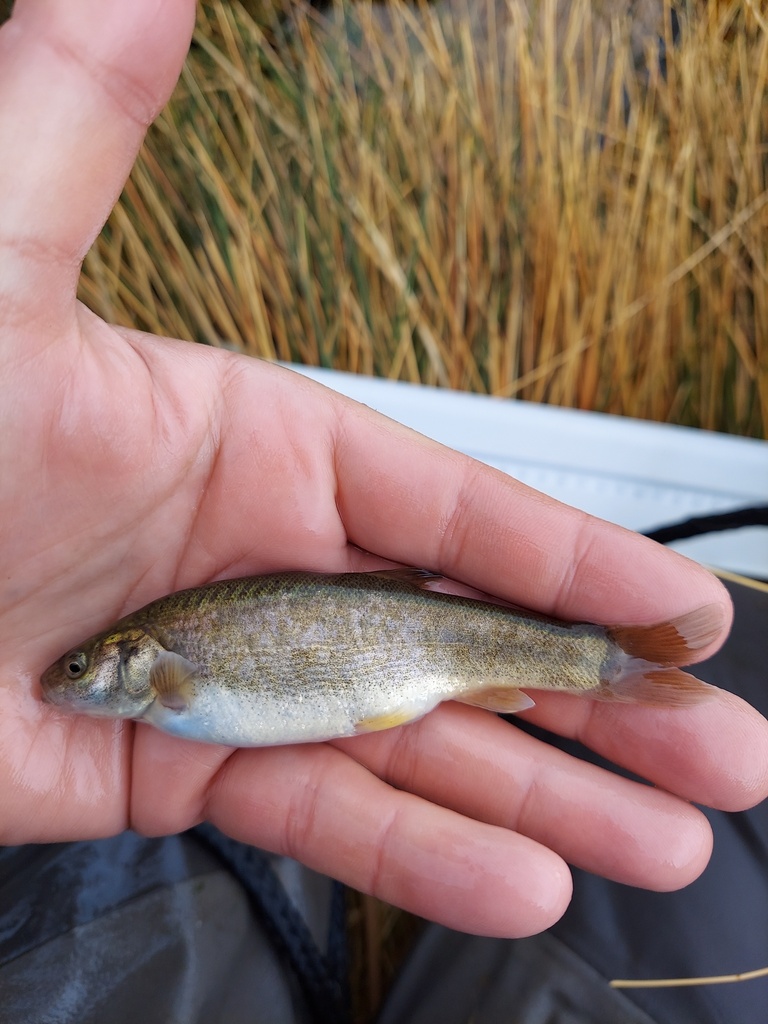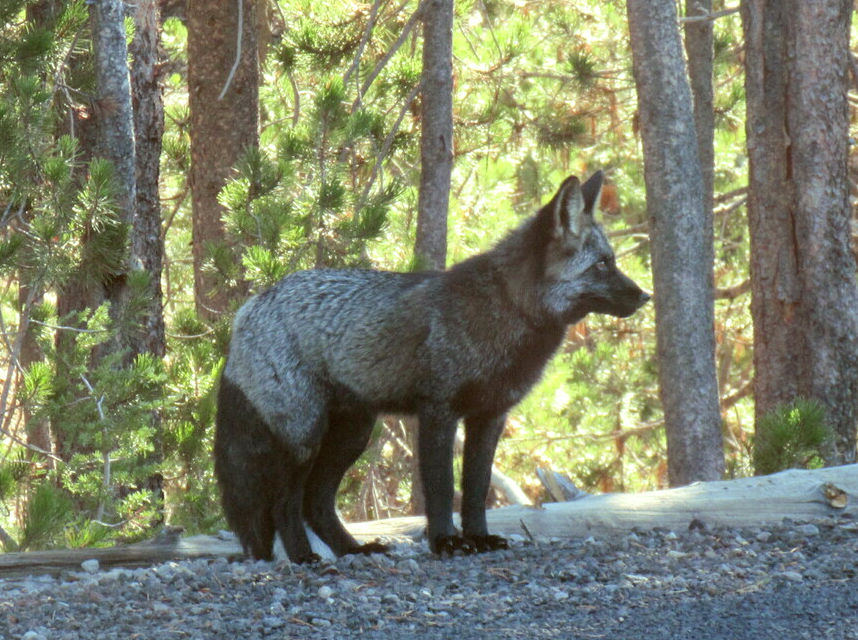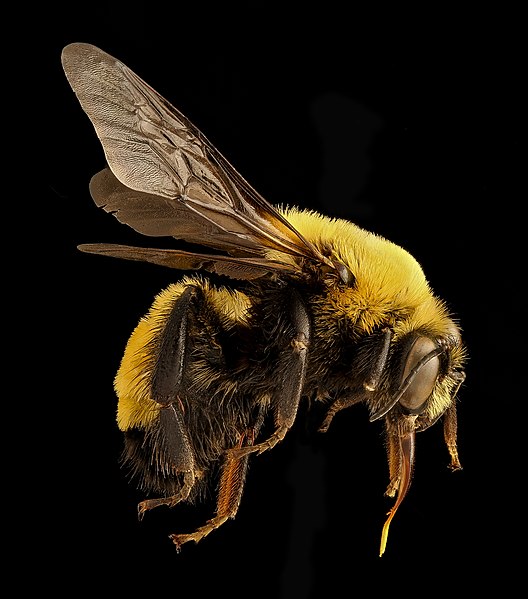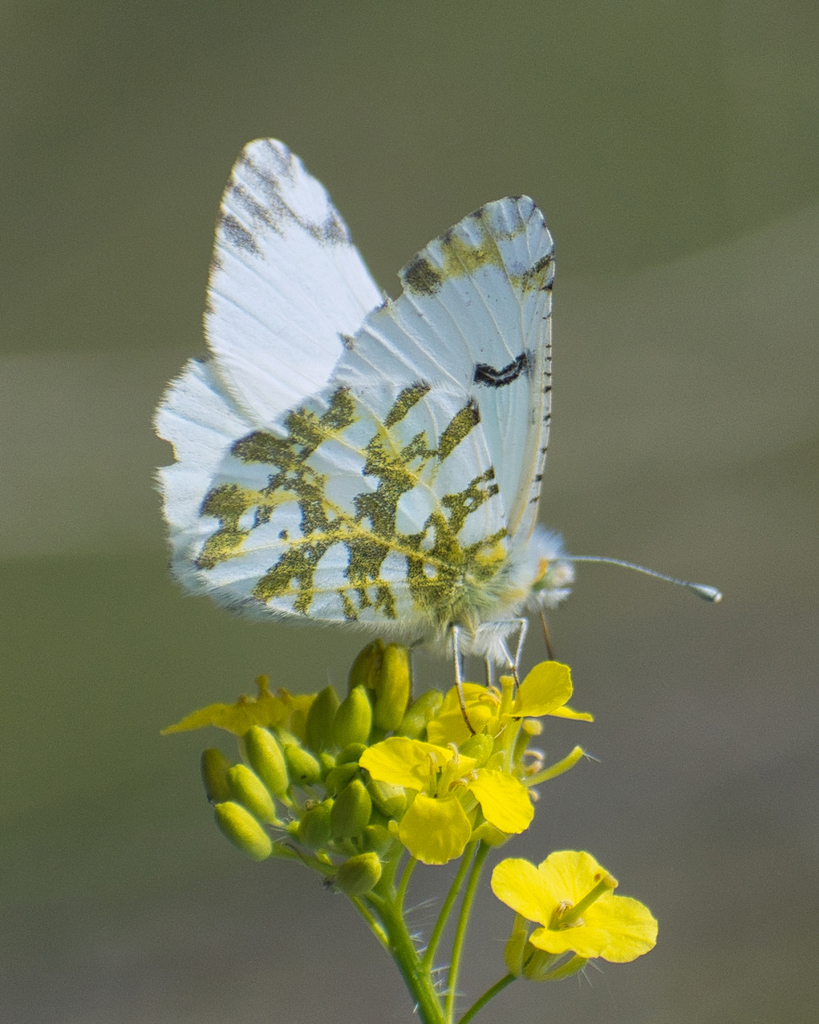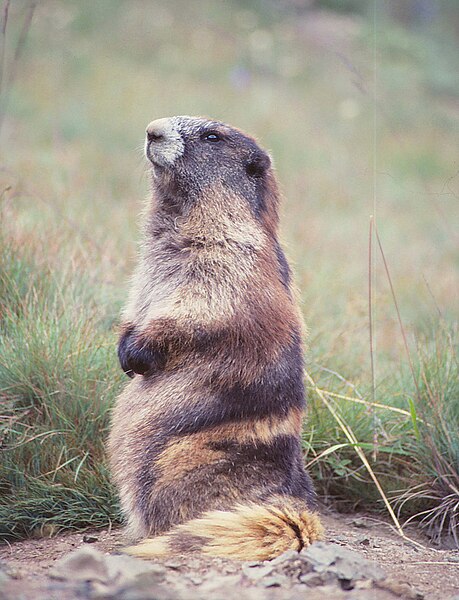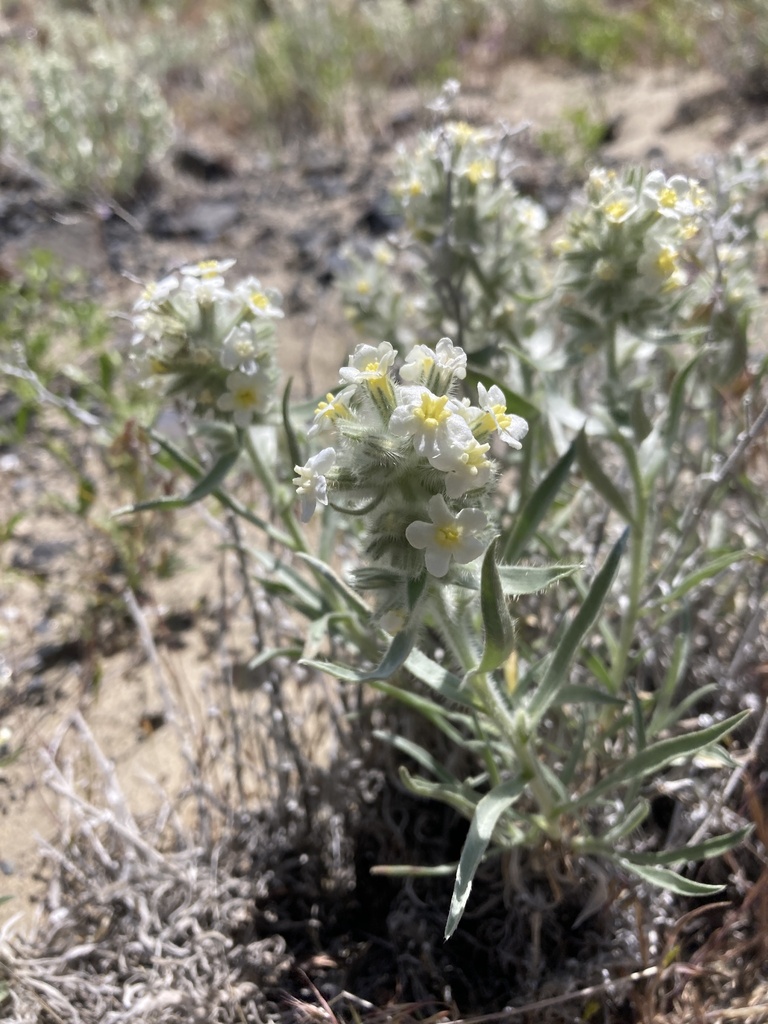The regulatory landscape for species protection throughout the United States is complex and subject to frequent and immediate change. ESA’s biologists stay current with evolving federal, state, and local laws and regulations to monitor added and removed species from listed and protected status as part of our work to align your project with current environmental laws, achieve compliance, and promote conservation and biodiversity.
We closely monitor updates from the U.S. Fish and Wildlife Service, California Department of Fish and Wildlife, California Fish and Game Commission, Oregon Department of Agriculture, Oregon Fish and Wildlife Commission, Washington Department of Fish and Wildlife, and other agencies to revise our existing biological permits and certificates, update mitigation plans, adapt new survey procedures and protocols, secure permits for new species listed, and gather further information about agency requirements.
We keep track of species-status updates as they are released throughout the year and have compiled the Protected Species List below for California, Florida, Oregon, and Washington, which can be used as a guide to the latest regulatory changes which may affect projects and project timelines.
Please explore the following species list, organized by each state, to check on the current regulation status. If you have any questions, you can reach our Biological Resources and Land Management practice leader, Barbra Calantas.
California
Click on the drop-down menu below to take a look at the latest California species status updates, as classified through the U.S. Fish and Wildlife Service, California Department of Fish and Wildlife, California Fish and Game Commission.
California Protected Species
Quino Checkerspot Butterfly
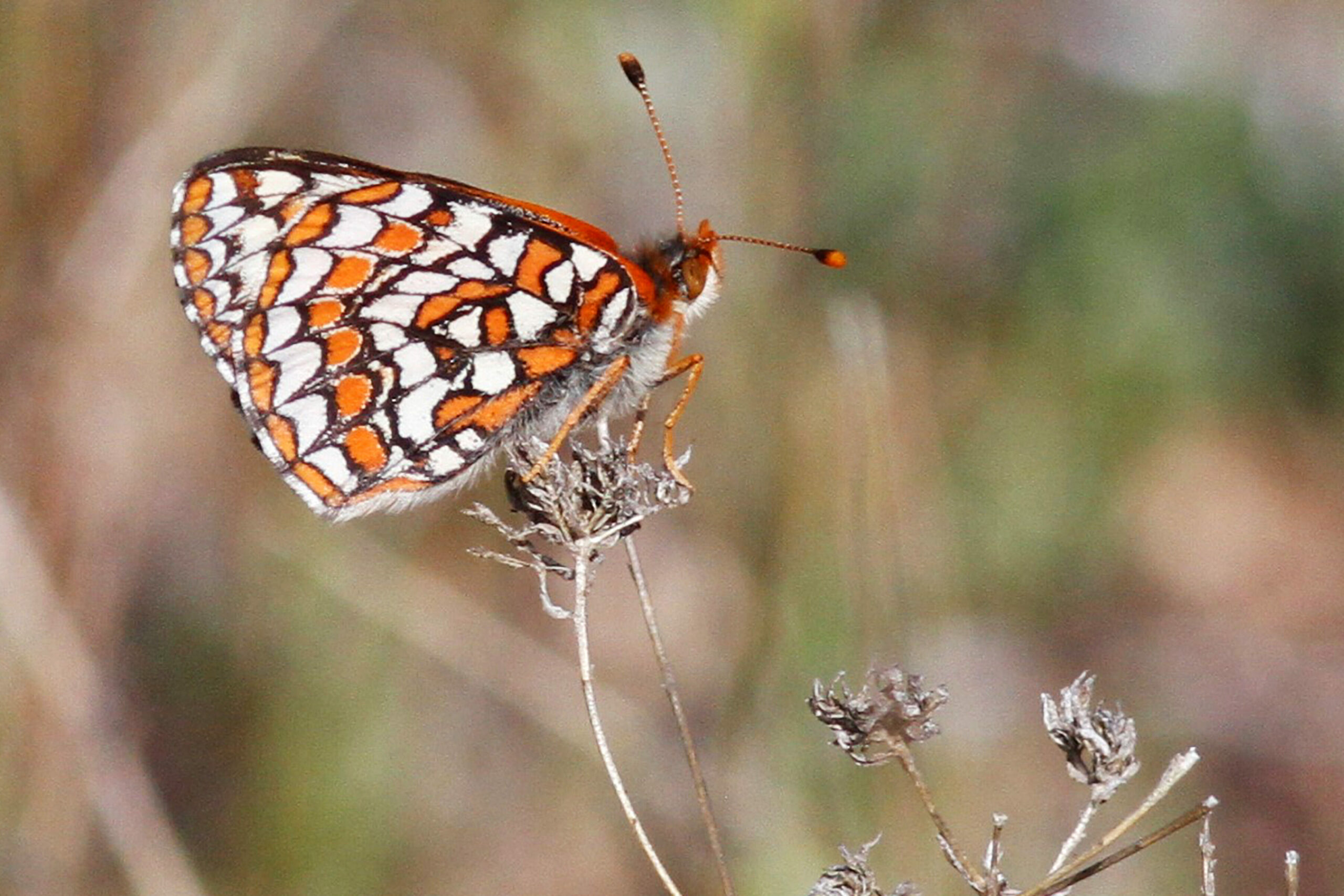
The Quino checkerspot butterfly, Euphydryas editha quino, is one of 26 subspecies of Edith’s checkerspot butterfly (Euphydryas editha) found in grasslands and sparsely vegetated open chaparral and coastal shrublands below 5,000 feet in elevation. Habitat is best defined by presence of larval host plants, nectar resources, and microtopography. The Quino checkerspot butterfly exists in four main life stages: eggs, larvae, pupae, and winged adult butterflies. The Quino checkerspot butterfly is threatened by development, habitat fragmentation, grazing, recreation, pollution, invasive species, and climate change (increased drought and fire frequency).
Status: On August 20, 2025, the California Fish and Game Commission accepted the petition to list Quino checkerspot butterfly as a candidate species for endangered status under the California Endangered Species Act (CESA). The species will have full CESA protections until the California Department of Fish and Wildlife determines whether listing is warranted.
The petition can be found here: https://nrm.dfg.ca.gov/FileHandler.ashx?DocumentID=234566&inline
Crotch’s Bumble Bee
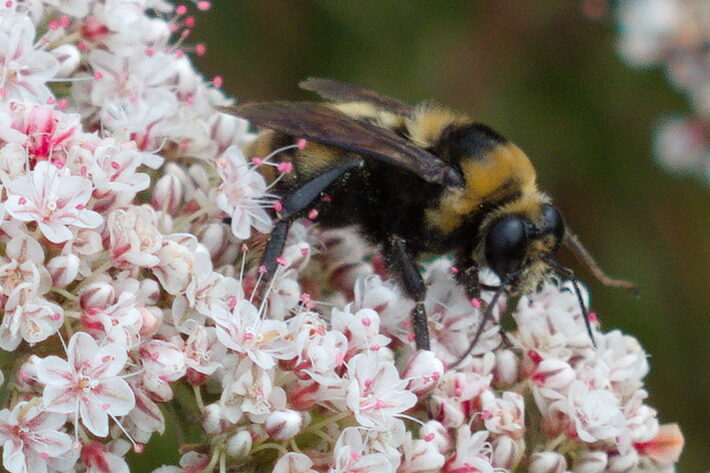
The Crotch’s Bumble Bee, Bombus crotchii, is found primarily in California in open grassland and scrub habitats. Similar to other bumble bees, this species primarily nests underground and forage on a wide variety of flowering plants but is best suited to forage at open flowers with short corollas. Bumble bees will overwinter in soft, disturbed soil, under leaf litter, or other debris also known as a hibernacula. This species is threatened by habitat loss, degradation and fragmentation, competition with non-native bees, disease, and pesticide use.
Status: On June 18, 2019, the California Fish and Game Commission accepted the petition to list Crotch’s bumble bee and three other bumble bees (Franklin’s Bumble Bee [Bombus franklini], Suckley Cuckoo Bumble Bee [Bombus suckleyi], and Western Bumble Bee [Bombus occidentalis occidentalis]) as a candidate species for endangered status under the California Endangered Species Act (CESA). The species will have full CESA protections until the California Department of Fish and Wildlife determines whether listing is warranted.
The petition can be found here: https://nrm.dfg.ca.gov/FileHandler.ashx?DocumentID=170351&inline
White Sturgeon
The white sturgeon, Acipenser transmontanus, is the largest freshwater fish species in North America, reaching lengths of up to 6m (19.7ft), weights of over 600kg (1322.8lbs), and the potential to live for over 100 years. The only reproducing populations within California occur in the Central Valley, inhabiting the Sacramento River and San Joaquin River watersheds. Starting in November, adults make seasonal migrations to broadcast spawn upstream, before traveling back down to the deltas and estuaries where they also reside. Threats to A. transmontanus include inadequate river flow and water quality conditions, overharvest, loss of habitat, and mortality due to harmful algal blooms.
Status: In November of 2023, the Fish and Game Commission received a petition to list the white sturgeon as threatened. In March of 2024, the California Department of Fish and Wildlife reviewed the petition and determined that there is sufficient scientific information to indicate the listing is warranted. The department recommends that the commission accepts the petition for further consideration.
The petition evaluation can be found here: https://nrm.dfg.ca.gov/FileHandler.ashx?DocumentID=221413&inline
Western Burrowing Owl
The western burrowing owl, Athene cunicularia hypugaea, is a small bird of prey that lives in open, arid, relatively flat to rolling terrain covered by low stature vegetation, such as grasslands and prairies. These birds reach heights of 19-25cm (7-10in) and have brown and white mottling, long legs, and stubby tails. Contrary to other owl species, burrowing owls are ground-dwelling, nesting and roosting in underground burrows that are often created by other species. This species is threatened by urban development, habitat loss, degradation and fragmentation, ground squirrel eradication, coastal predator management, and disturbance.
Status: On October 10, 2024, the California Fish and Game Commission accepted the petition to list western burrowing owl as a candidate species for threatened or endangered status under the California Endangered Species Act (CESA). The species will have full CESA protections until the California Department of Fish and Wildlife determines whether listing is warranted, which will likely be decided in late 2025 or early 2026.
The petition can be found here: https://nrm.dfg.ca.gov/FileHandler.ashx?DocumentID=221396&inline
Greater Sage-Grouse
The greater sage-grouse, Centrocercus urophasianus, is a ground-dwelling bird species native to California that depends on high-quality, extensive sagebrush habitat. These grouse have mottled gray/brown body plumage with gray and white spots, black bellies, and pointed tails. Males have a distinct ruff formed by white feathers around their neck and upper belly and tend to be around twice the size of their female counterparts. This species is well-known across the country for its unique courting dance that occurs on ancestral mating grounds year after year. The greater sage-grouse is the largest grouse species in North America, and within California, it exists in two separate populations – the Northern California population and Bi-State population. Both populations are at risk due to habitat loss from land development, agricultural habitat conversion, invasive species, climate change, off-road vehicle usage, increased predation, disease, and other threats.
Status: On June 15, 2024, the California Fish and Game Commission accepted for consideration the petition submitted to list the greater sage-grouse as threatened or endangered under the California Endangered Species Act. Within a year of this notice, the department will submit a written report indicating whether the petitioned action is warranted.
The notice of findings can be found here: https://nrm.dfg.ca.gov/FileHandler.ashx?DocumentID=213395&inline
San Bernardino Kangaroo Rat
The San Bernadino kangaroo rat, Dipodomys merriami parvus, is a small, nocturnal rodent found in alluvial fan scrub habitats in northern San Bernadino and Riverside counties. Its average body length (including tail) is 23-23.5cm (9-9.3in) and it is covered in yellowish-brown fur with dark brown tail stripes, foot pads, and tail hairs. Suitable habitat for this species is found in floodplains with natural fluvial processes and nearby upland areas. D. merriami parvus feeds primarily on grains and seeds that they can temporarily store in cheek pouches and later in caches or in their burrows, which they can then use in times of food scarcity. They can live indefinitely without direct consumption of water, as green vegetation and insects can serve as a source of water. The species has been restricted to around 5% of its historical range, with urban, commercial, and agricultural development, water management activities, and climate change being factors in the decline of its habitat and population.
Status: Effective November 22, 2023, the San Bernardino kangaroo rat is added to the list of endangered species by the California Fish and Game Commission.
The Regulatory language can be found here: https://nrm.dfg.ca.gov/FileHandler.ashx?DocumentID=216693&inline
Western Pond Turtle
The western pond turtle, Emys marmorata, is a medium-sized aquatic turtle. This species is native to Washington state and can also be found in Oregon, Nevada, and northern and central California. In Washington, western pond turtles inhabit open upland habitats that receive ample sun exposure, as well as areas such as prairies, grasslands, and pastures. They have an omnivorous diet, consuming both aquatic plants and animals, and are usually active from late March to October when water temperatures are warm enough for basking. Unfortunately, the species has faced a decline due to habitat loss, introduced predators such as bullfrogs, and commercial exploitation for food. In 2017, the scientific community recognized that the northwestern pond turtle and the southwestern pond turtle are two distinct species.
Status: On October 23, 2023 both the northwestern and southwestern species of the western pond turtle were proposed to be listed as federally threatened by the U.S. Fish and Wildlife Service. Public comments for input on the proposal were closed on May 5, 2024 and are currently under review.
The proposal can be found here: https://www.govinfo.gov/content/pkg/FR-2024-04-04/pdf/2024-07094.pdf
Lime Ridge Eriastrum
The lime ridge eriastrum (woolly star), Eriastrum ertterae, is an annual herb first described in 2013. It is only found in Lime Ridge Open Space in the Contra Costa County of California, occurring in 4 small colonies. It grows in barren areas of the calcareous soils found in Lime Ridge, which means that suitable habitat for this species is fragmented and extremely sparse. The herb grows to a maximum of around 25cm (9.8in) tall and has small, alternating leaves that are green but often have a darker reddish tip. Its leaves are covered in soft, woolly hairs. E. ertterae flowers beginning in late May until mid to late June, with their petals being white with lavender-colored streaks. Threats to this species include invasive species, land use issues, and natural disturbance regimes.
Status: On October 11, 2023, the California Fish and Game Commission will hear and consider the petition to determine if listing Lime Ridge eriastrum as endangered is warranted, and findings will be adopted at a future meeting.
The Notice of Final Consideration of Petition can be found here: https://nrm.dfg.ca.gov/FileHandler.a
Mojave Desert Tortoise
The Mojave desert tortoise, Gopherus agassizii, aka Agassiz’s desert tortoise, is a relatively large species of tortoise that is its own distinct species from other desert tortoise species, with California’s population being referred to as Agassiz’s desert tortoise. Their high-domed shells reach a maximum length of around 38.1cm (15in) and maximum height of 15.2cm (6in), sporting brown, gray, or black coloration. They have flattened front legs adapted for digging, and elephant-like hind legs. For up to nine months each year, G. agassizii brumates in burrows, which, after they emerge, can then serve as homes for other animals. Although this species was federally listed as Threatened in 1990, adult tortoise densities in the Western Mojave Recovery Unit have declined by 85-95% between 1980 and 2014, and have only continued to decline since due to loss/degradation of habitat due to a variety of both authorized and illegal human activities.
Status: On February 27, 2024, the California Fish and Game Commission scheduled the final consideration of the petition to list the Mojave desert tortoise as endangered for April 18. During the meeting, the commission determined that uplisting its status from threatened to endangered was warranted.
The notice of final consideration of petition can be found here: https://nrm.dfg.ca.gov/FileHandler.ashx?DocumentID=220259&inline
Wolverine
The wolverine, gulo gulo, is the largest terrestrial member of the family Mustelidae. This species resembles a small bear with a bushy tail. It has a round, broad head; short, rounded ears; and small eyes. It has five toes on each foot, with curved and semi-retractile claws used for digging and climbing. They can be found in states such as California, Oregon, Washington, and Idaho. Impacts of climate change, along with associated habitat degradation and fragmentation are cited as the biggest threats to this species.
Status: On January 2, 2024 the wolverine was officially listed as federally threatened by the Fish and Wildlife Service.
The ruling can be found here: https://www.govinfo.gov/content/pkg/FR-2023-11-30/pdf/2023-26206.pdf
Southern California Steelhead
The Southern California steelhead, Oncorhynchus mykiss, is a trout species that serves as an important indicator species for the health of the watersheds that it inhabits. Its range extends from the Santa Maria River system to the U.S. border with Mexico. These trout express two forms: full anadromy (migrates from freshwater rivers to the ocean, then back to freshwater again to spawn) and resident-freshwater. The freshwater resident form is colloquially known as rainbow trout. A combination of environmental and epigenetic factors is thought to be what determines the anadromous or resident phenotype. The primary causes for the decline in O. mykiss populations is destruction, modification, and fragmentation of their native habitat. They typically require cool, clean water, and complex, connected habitat.
Status: On February 27, 2024, the California Fish and Game Commission scheduled the final consideration of the petition to list the Southern California steelhead as endangered for April 18. During the meeting, the commission voted unanimously to list the species as endangered under the California Endangered Species Act (CESA).
The notice of final consideration of petition can be found here: https://nrm.dfg.ca.gov/FileHandler.ashx?DocumentID=220259&inline
Inyo Rock Daisy
The Inyo rock daisy, Perityle inyoensis, belongs to a group of perennial, self-incompatible subshrubs in the sunflower family. This species is endemic to the southern Inyo Mountains in Inyo County, California, on sparsely distributed calcareous rock outcrops at the highest elevations of the mountain range. The Inyo rock daisy faces significant threats to its continued existence from habitat loss and disturbance due to mining. The cumulative range of occupancy of the Inyo rock daisy is less than one square kilometer.
Status: On April 24, 2024, the Inyo rock daisy was effectively listed as threatened after the petition to list the Inyo rock was accepted and filed with the Secretary of State.
The notice of findings can be found here: https://nrm.dfg.ca.gov/FileHandler.ashx?DocumentID=220110&inline
Foothill Yellow-Legged Frog
The foothill yellow-legged frog, Rana boylii, is a species named for their distinctive lemon-yellow color underneath their legs. Within California, they are primarily found in rocky streams and rivers at low to moderate elevations in Pacific Coast drainages as well as the lower western slopes of the Sierra Nevada mountains. However, their range historically extended as far as the Oregon border to the north, to San Diego County in the south. R. boylii life cycles are synchronized with the seasonal timing of streamflow conditions. In the winter, adults move to smaller tributary streams, while in the summer, they move to more open, sunlit channels to lay their eggs and provide suitable habitat for tadpoles to graze on algae. A combination of factors threaten R. boylii, including habitat alteration/destruction from dams, water development and diversions, logging, marijuana cultivation, mining, roads and urbanization, recreation, and off-road vehicles. Invasive species, disease, climate change, and pollution are also concerns.
Status: On August 28, 2023, it was determined that two distinct populations (South Sierra, South Coast) of foothill yellow-legged frogs warranted being listed as endangered, while another two populations (North Feather, Central Coast) warranted being listed as threatened.
The ruling can be found here: https://www.regulations.gov/document/FWS-R8-ES-2021-0108-0284
Western Spadefoot
The Western spadefoot, Spea hammondii, is an amphibian that occurs throughout California. There are two distinct population segments, northern and southern. This species is typically 1.5-2.5 inches long. They have small stout bodies with short legs and smooth, olive-colored skin. They are known to inhabit hot and dry environments, and prefer grassland, scrub, and chaparral environments. They dig underground burrows and live in them for eight to ten months out of the year. During the rainfall seasons, they leave their burrows to breed and forage in nearby bodies of water, such as vernal pools, ponds and creeks. This species faces continuous threats like habitat loss and fragmentation, predation by invasive species like bullfrogs, and climate change.
Status: On December 5, 2023 the Fish and Wildlife service proposed to list both the northern and southern distinct population segments of the western spadefoot as threatened. Public comments for input on the proposal closed on February 5, 2024 and are currently under review.
The proposal can be found here: https://www.fws.gov/sit
Florida
Click on the drop-down menu below to take a look at the latest Florida species status updates, as listed through the U.S. Fish and Wildlife Service.
Florida Protected Species
Florida Bonneted Bat
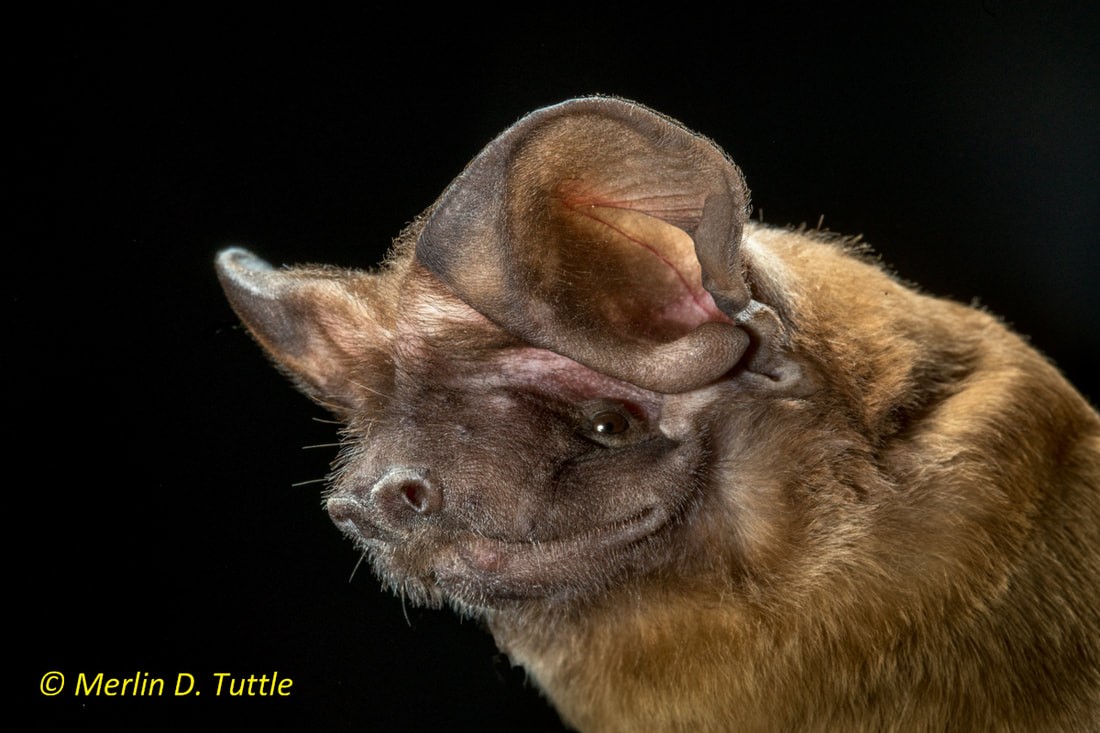
The Florida bonneted bat (also known as the Florida mastiff bat), Eumops floridanus, is the largest bat in Florida weighing up to 59g (2oz) with a wingspan of up to 20in (51cm). With an estimated population of fewer than 1,000, it is also the most endangered bat in North America. The range of this species is limited to central and southern Florida. In addition to climate change, pesticide use, and the small size of the population, the primary threats to this species include habitat loss and fragmentation due to development.
Status: The Florida bonneted bat was proposed for federal endangered listing in October, 2012 and was officially listed one year later in October of 2013. In June 2024, new guidelines were released that included designation of critical habitat, a slightly expanded consultation area, areas of assumed presence, and multiple changes to survey protocols.
The latest consultation guidelines can be found here: https://www.fws.gov/sites/default/files/documents/2024-07/20240605_final_fbb-consultation-guidance_0.pdf
Monarch Butterfly
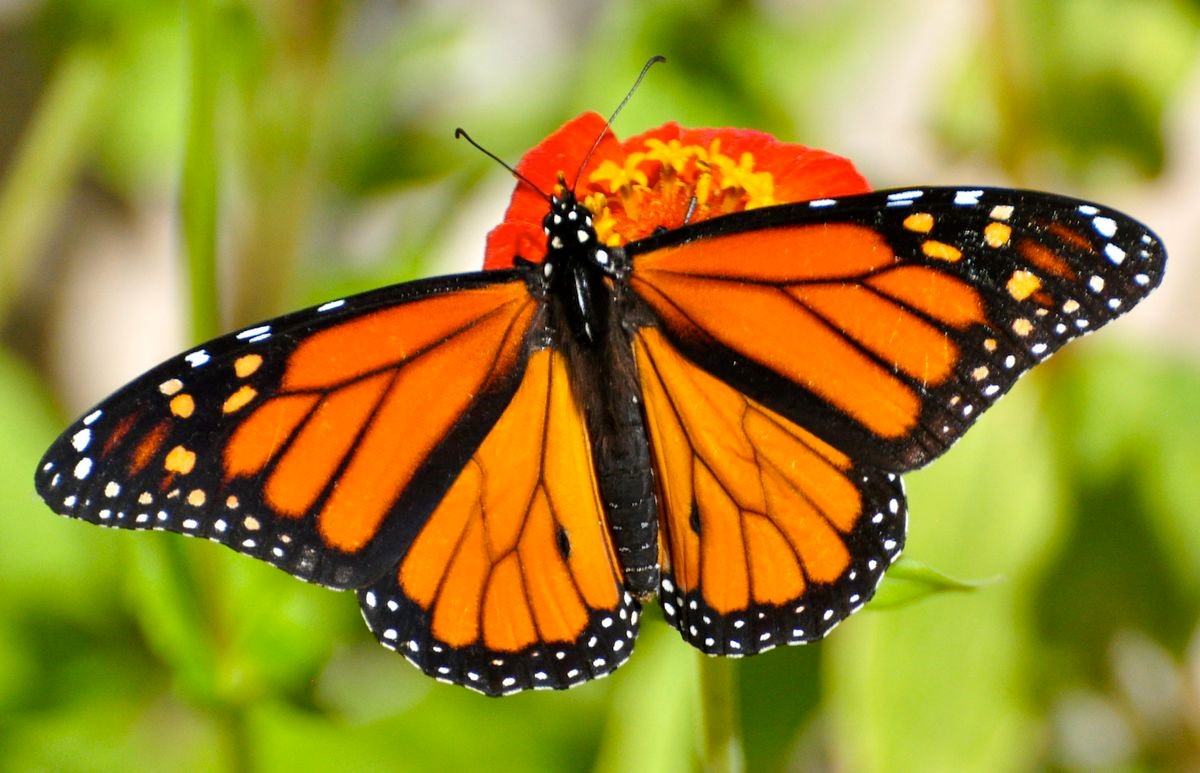
The monarch butterfly, Danaus plexippus, is a large pollinator with a wingspan of up to 4in (10cm). They are easily recognizable by the bright orange in their wings – a form of “aposematic coloration” that warns potential predators of their toxicity. This migratory species is divided into a western and eastern population, separated by the Rocky Mountains. In addition to climate change and pesticide use, this species has shown a decline due to habitat degradation. Since the 1980’s the eastern population has declined approximately 80% and the western population has declined approximately 95%.
Status: The monarch butterfly was most recently proposed for federal threatened listing in December, 2024. In addition to the new listing, designations of critical habitat are proposed throughout various portions of California. Public comments are being accepted until March 12, 2025.
The federal register can be found here: https://www.govinfo.gov/content/pkg/FR-2024-12-12/pdf/2024-28855.pdf
Tricolored Bat
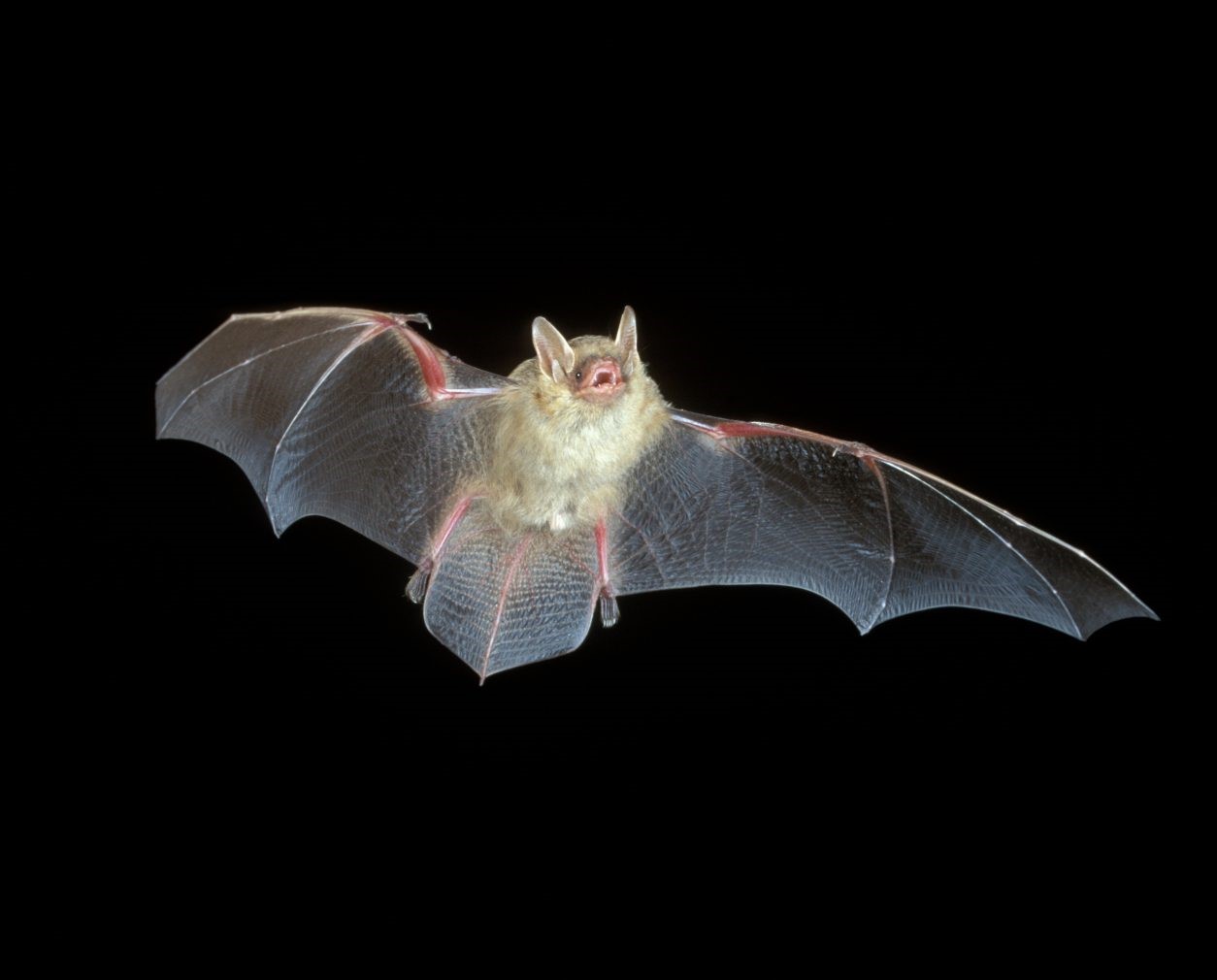
The tricolored bat, Perimyotis subflavus, is the smallest bat in Florida weighing only 6g (0.2oz) with a wingspan of approximately 9in (23cm). Named for the three colors in their fur which is dark at the base, light in the middle, and dark at the top, this species has a much larger range than the Florida bonneted bat, occurring throughout most of the eastern United States. The primary reason for the listing of this bat is the steep decline in populations during the winter months due to white nose syndrome (WNS), a fungal disease that affect hibernating bats. The fungus awakens them during hibernation, causing dehydration and starvation. While WNS occurs in colder climates and has not been detected in Florida, this bat is a candidate for protection at the federal level.
Status: All bats in Florida are protected at the state level under Florida Administrative Code (FAC) 68-4.001. In September 2022, this species was proposed for federal protection listing it as endangered, with final comments due in November 2022. While no final ruling has been made, it is reasonably certain to be listed and has been preemptively included in the 2024 consultation guidelines for the Florida bonneted bat.
The proposal for federal listing can be found here: https://www.fws.gov/species-publication-action/endangered-species-status-tricolored-bat-0
West Indian Manatee
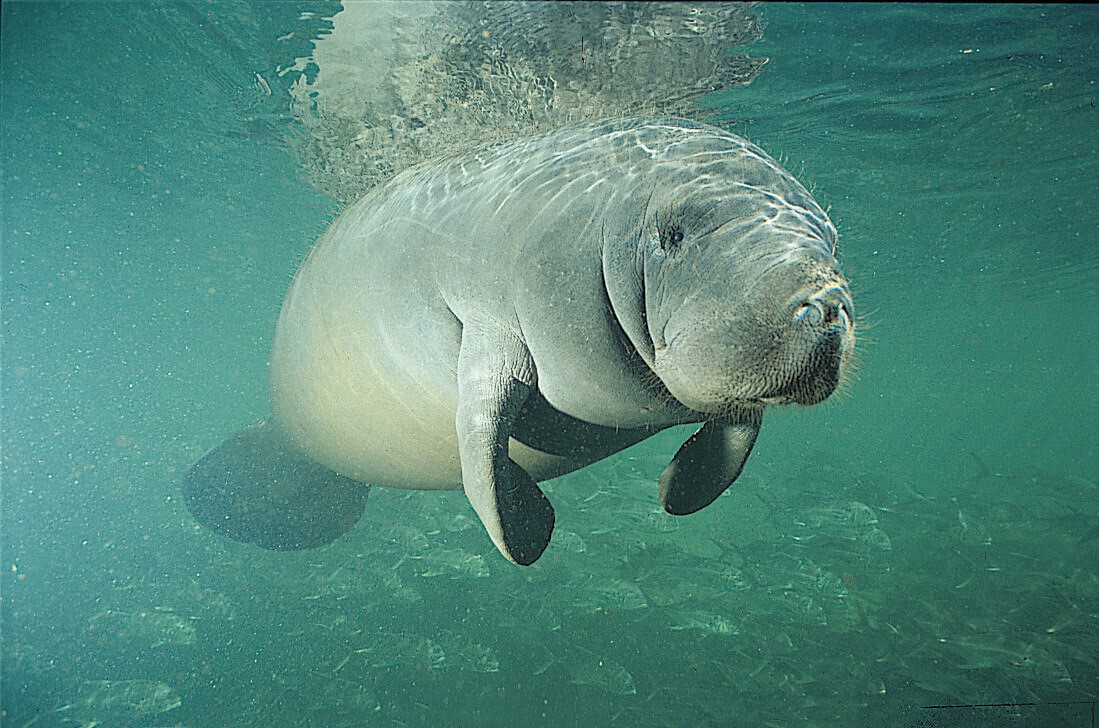
The west Indian manatee, Trichechus manatus, is a large aquatic mammal reaching 11.5ft (3.5m) and weighing as much as 1,320lbs (600kg). The west Indian manatee has been separated into two subspecies – the Florida manatee, Trichechus manatus latirostris, and the Antillean manatee, Trichechus manatus manatus. Primary threats to both subspecies include red tide, collisions with watercraft, habitat loss, and entanglements with debris. In addition, the Antillean manatee is threatened with habitat fragmentation and illegal hunting. The west Indian manatee was included as an endangered species under the Endangered Species Conservation Act of 1966, the predecessor to the Endangered Species Act of 1973 which listed both subspecies. In 2017, the west Indian manatee was downlisted to the status of threatened. In 2023, it was petitioned that both subspecies be uplisted back to endangered status.
Status: The FWS conducted a 90-day status review of the subspecies in October 2013. The results of these findings were announced on January 14, 2025. It was determined that the Antillean manatee would be uplisted to endangered, but the Florida manatee will remain listed as threatened. This distinction will remove the west Indian manatee from the endangered species list, to be replaced with both subspecies. They are currently accepting comments through March 17, 2025.
The federal register describing these findings can be found here: https://www.govinfo.gov/content/pkg/FR-2025-01-14/pdf/2025-00467.pdf
Wood Stork
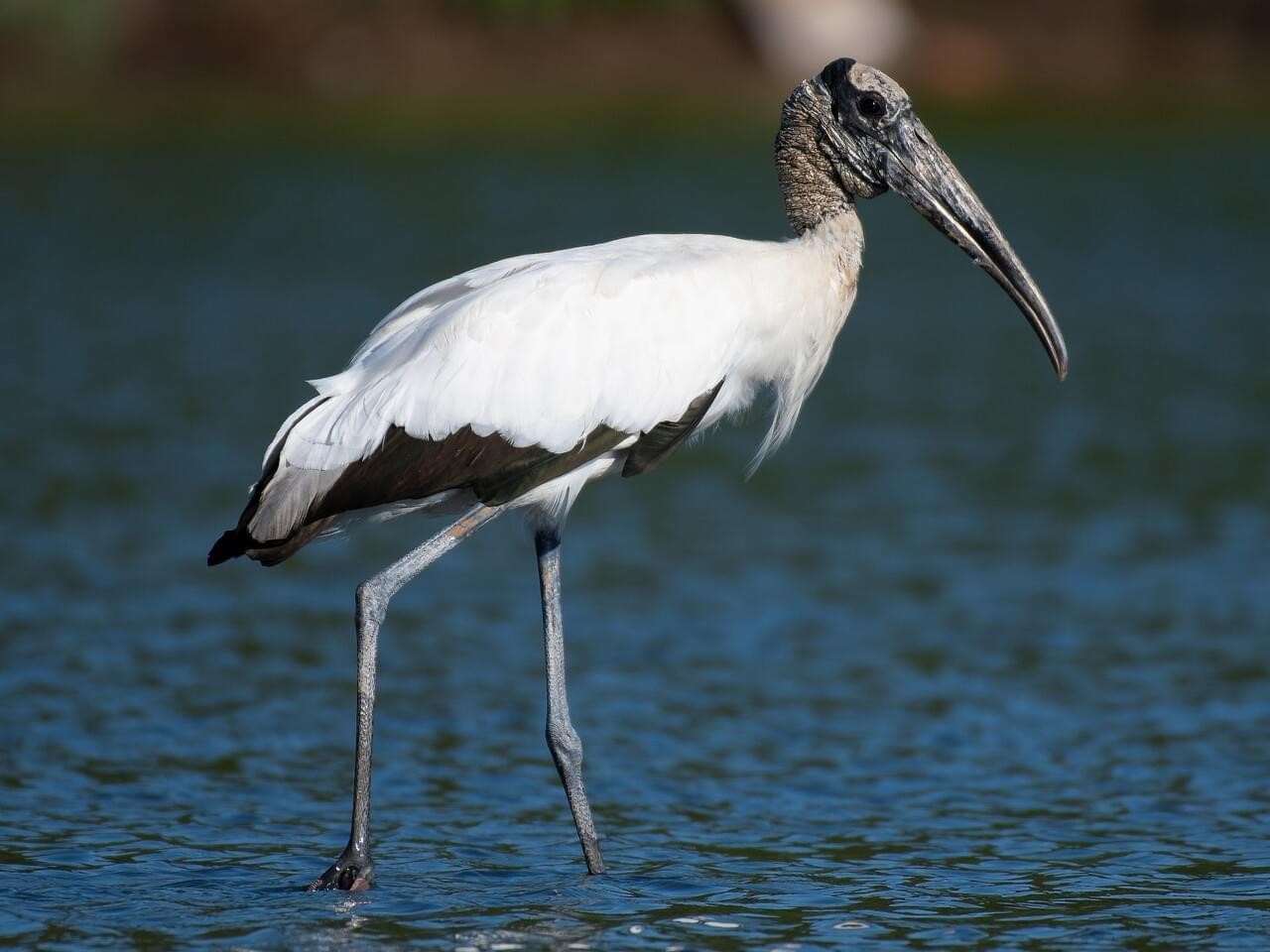
The wood stork, Mycteria americana, is a large wading bird reaching lengths of up to 45in (114cm) with a wingspan of up to 65in (165cm). This species occurs along the southeastern coastal areas of the United States, all of Florida, and a small portion of Southern California, extending to coastal Central America, Cuba, and a large portion of South America. The primary threat to this species in Florida has been due to agricultural expansion altering hydrocycles in the Everglades, a critical area for successful breeding.
Status: The wood stork is listed as threatened at both the state and federal levels. At the federal level, it was reclassified from endangered to threatened in 2014 and has been proposed for delisting. This proposal was published in February 2023 with comments due in April 2023. However, no final ruling has been made for the wood stork as of January 2025.
The proposal for federal delisting can be found here:
Oregon
Click on the drop-down menu below to take a look at the latest Oregon species status updates, as classified through the U.S. Fish and Wildlife Service, Oregon Department of Agriculture, and the Oregon Fish and Wildlife Commission.
Oregon Protected Species
Mendocino Coast Paintbrush
The Mendocino coast paintbrush, Castilleja mendocinensis, is a perennial herb that is endemic to the coastline of Mendocino County, California, but its range extends to southwest Oregon. It can grow to around 60cm (23.6in) long and has gray-green stems and leaves covered in bristles. Its leaves are fleshy, rounded or oval, and not more than around 2cm (0.79in) long, while its lobed bracts, or leaflike structures, can have bright orange-red or red tips. Its flowers are tubular, hairy, and typically green, yellow, or red.
Status: On May 2, 2024 the Oregon Department of Agriculture approved the petition to list Mendocino coast paintbrush as a threatened species at the state level.
The administrative order can be found here: https://records.sos.state.or.us/ORSOSWebDrawer/Recordhtml/10199569
Donner Und Blitzen Pebblesnail
The Donner und Blitzen pebblesnail, Fluminicola insolitus, also known as the strange pebblesnail, is a freshwater snail only found at a single spring in the Donner und Blitzen River drainage in Oregon. It has a purple tint to its shell and feeds primarily on algae and detritus, while serving as a food source for animals such as fish and turtles. Due to its range existing as only one location, it is extremely vulnerable to threats, which include habitat destruction from water use, recreation, cattle grazing, inadequate protections, invasive species, and climate change.
Status: On February 14, 2024 the U.S. Fish and Wildlife Service submitted a petition to list the Donner und Blitzen pebblesnail as threatened or endangered. Petition findings have not yet been made.
The petition can be found here: https://ecosphere-documents-production-
Cinnamon Juga
The cinnamon juga, Juga canella, is a freshwater snail species found in just a few streams in northern California and south-central Oregon. Its conical shell can reach lengths of up to 2.4cm (0.94 in) and is typically black, dark purple, reddish cinnamon brown, or tan in color with occasional reddish purple streaks. J. Canella feeds on algae and detritus, and once they reach sexual maturity, most Juga species will return to the same locations to lay their eggs year after year, provided they are undisturbed. The destruction of stream habitats caused by dams, pollution, agriculture, livestock grazing, urbanization, logging, and more are threats to this species.
Status: On March 21, 2024, the U.S. Fish and Wildlife Service submitted a petition to list the cinnamon juga as threatened or endangered. Petition findings have not yet been made.
The petition can be found here: https://ecosphere-documents-production-public.s3.amazonaws.com/sams/public_docs/petition/12387.pdf
Banded Juga
The banded juga, Juga newberryi, is a species of freshwater snail that is found in the Deschutes River in central Oregon. It is currently restricted to only the lower 90 miles of the river, though its historical range spread throughout the Deschutes River drainage. J. newberryi is considered a medium-sized snail with a thick, tall, conic shell. Its shell generally has three yellow bands separated by three dark or tan-colored bands. Freshwater snails such as J. newberryi are important indicators of water quality and are critical to food webs in freshwater ecosystems, grazing on algae and detritus while also serving as a food source for many species. The construction of dams, deterioration of water quality, and climate change are the biggest threats to this species.
Status: On August 8, 2024, the U.S. Fish and Wildlife Service submitted a petition to list the banded juga as threatened or endangered. Petition findings have not yet been made.
The petition can be found here: https://ecosphere-documents-production-public.s3.amazonaws.com/sams/public_do
Great Basin Ramshorn
The Great Basin ramshorn, Helisoma newberryi, is a species of freshwater snail whose range has been largely extirpated and reduced to the Upper Klamath Lake and Pit River drainages in northeastern California and south-central Oregon. Within freshwater snail species, Helisoma spp. fall under the subclass of lung-breathing freshwater aquatic snails. H. newberryi is very small, with stout, whorled shells reaching about 13mm (0.51in) in diameter. Threats to this species include habitat destruction, pollution, grazing, drought, and water diversions.
Status: On March 21, 2024, the U.S. Fish and Wildlife Service submitted a petition to list the Great Basin ramshorn as threatened or endangered. Petition findings have not yet been made.
The petition can be found here: https://ecosphere-documents-production-public.s3.amazonaws.com/sams/public_docs/p
Large-Flowered Goldfield
The large-flowered goldfield, Lasthenia ornduffi, is a perennial plant that is endemic to Oregon and found at beaches, dunes, bluffs, and rocky headlands. These sites tend to be windswept, which often leads to dwarfed and compacted growth, but taller plants may occur in more protected sites. They can grow anywhere from 2.5cm (0.98in) to 30cm (11.8in) and typically flowers from June to August. Its greatest threat is sea level rise.
Status: On May 2, 2024, the Oregon Department of Agriculture approved the petition to list large-flowered goldfields as a threatened species at the state level.
The administrative order can be found here: https://records.sos.state.or.us/ORSOSWebDrawer/Recordhtml/10199569
Bentonite Biscuitroot
Bentonite biscuitroot, Lomatium bentonitum, is a cryptic species that initially appeared to be one species, but was discovered to be genetically different and its own unique species. It was discovered in 2015, after being found in a bentonite clay mine in the Succor Creek basin in Oregon. It is only found in soils on outcrops of Miocene ash containing bentonite clay, which shrinks and swells and has a huge capacity to absorb water.
Status: On May 2, 2024 the Oregon Department of Agriculture approved the petition to list bentonite biscuitroot as a threatened species at the state level.
The administrative order can be found here: https://records.sos.state.or.us/ORSOSWebDrawer/Recordhtml/10199569
Wonder Caddisfly
The wonder caddisfly, Neothremma prolata, is a tiny insect that starts its life as an aquatic larva and emerges as a moth-like adult. It is found only on the Oregon side of the Columbia River Gorge and requires very specific habitat features that make it extremely vulnerable to changes in its habitat. Aquatic larvae are usually less than 5.5mm (0.22in) in length and construct portable casings made from fine sand grain and rock particles that are held together with silk. Adults emerge from these casings in their moth-like form with long antennae and hairy wings, reaching less than 1cm (0.39in) in length. They are primarily threatened by habitat damage and loss, drought, and human disturbance such as trail use and maintenance, pollution and runoff, and logging.
Status: On January 31, 2024, the U.S. Fish and Wildlife Service submitted a petition to list the wonder caddisfly as threatened or endangered. Petition findings have not yet been made.
The petition can be found here: https://ecosphere-documents-production-public.s3.amazonaws.com/sams/public_docs/petition/1222
Southern Resident Orcas (SROs)
Orcas, Orcinus orca, also known as killer whales, are the largest member of the dolphin family and considered to be icons of the Pacific Northwest. They are apex predators, found in every ocean, and have the widest distribution of any cetacean species. They can typically be found feeding in highly productive, high-latitude, coastal areas, and their prey includes other marine mammals, fish, elasmobranchs, and birds. Different populations of orcas have been observed to exhibit different attributes, which has led to the identification of ten distinct ecotypes. Ecotypes are genetically isolated, and each ecotype has its own physiological and cultural traits, showing differences in morphology, acoustic dialects, preferred prey and hunting methods, and social groupings. The Southern Resident ecotype faces threats from a reduction in prey quality and quantity, high levels of contaminants, physical and acoustic disturbance, and the risk of oil spills.
Status: On February 16, 2024, the Oregon Fish and Wildlife Commission approved the petition to list the Southern Resident Orcas as endangered on the state level. This went into effect on February 21, 2024.
The administrative order can be found here: secure.sos.state.or.us/oard/viewReceiptPDF.action?filingRsn=56508
Western Penstemon
The tall western penstemon, Penstemon hesperius, is a perennial vascular plant that is considered unusually tall compared to other Penstemon species. It reaches stem heights of 61-122cm (2-4 feet) and has clusters of tubular, purple-blue flowers. It is adapted to silty clay loam soils in seasonally wet lowland meadows and streambanks. There are only five known populations of P. hesperius, with four of them being in Oregon, and for some time, the species was thought to be extinct. It is primarily threatened by the degradation of its wetland habitat from agricultural and urban development, as well as competition from non-native species, and climate change.
Status: On May 2, 2024, the Oregon Department of Agriculture approved the petition to list tall western penstemon as a threatened species at the state level.
The administrative order can be found here: https://records.sos.state.or.us/ORSOSWebDrawer/Recordhtml/10199569
Montane Peaclam
The montane peaclam, Pisidium ultramontanum, is a small, freshwater clam whose current extent is unclear, but thought to be limited to south-Central Oregon and California, although no living specimens have been found in recent surveys. P. ultramontanum is considered a relatively large peaclam, with a diameter of at least 4mm (0.16in). Its shells are ridged and yellowish in color with a well-rounded outline. As filter feeders, they collect nutrients and detritus from the water column, which improves water quality and enhances nutrient cycling, highlighting their importance in their ecosystem. Water quality degradation from hydroelectric dams, lake eutrophication, sedimentation, and water diversions threaten this species, as well as climate change, pollution, and invasive species.
Status: On March 21, 2024 the U.S. Fish and Wildlife Service submitted a petition to list the montane peaclam as threatened or endangered. Petition findings have not yet been made.
The petition can be found here: https://ecosphere-documents-production-public.s3.amazonaws.com/sams/public_docs/petition/12453.pdf
Rough Goldenweed
Rough goldenweed, Pyrrocoma scaberula, is a species of perennial vascular plant endemic to limited areas of western Idaho, southeastern Washington, and northeastern Oregon. Suitable habitat for this plant includes mesic grasslands and transition zones between grasslands and ponderosa pine communities. It has stems with long, narrow leaves and yellow, radiate flowers. Historical habitat loss due to agricultural conversion, aggressive weed infestations, herbivory, overgrazing, and fires are the most likely threats to this species.
Status: On May 2, 2024, the Oregon Department of Agriculture approved the petition to list rough goldenweed as a threatened species at the state level.
The administrative order can be found here: https://records.sos.state.or.us/ORSOSWebDrawer/Recordhtml/10199569
Columbia Yellow Cress
Columbia yellow cress, Rorippa columbiae, is a low-growing perennial found in shoreline areas with seasonal inundations of water such as lakes, playas, rivers, streams, and human-made ditches. Its hairy stems can reach up to 40cm (15.7in) in length and its alternating leaves are deeply lobed. Its flowers are mustard-like and have small, yellow petals. Threats include trampling from humans, livestock, and vehicles, the alteration of hydrologic regimes, and the encroachment from non-native plant species.
Status: On May 2, 2024, the Oregon Department of Agriculture approved the petition to list Columbia yellow cress as a threatened species at the state level.
The administrative order can be found here: https://records.sos.state.or.us/ORSOSWebDrawer/Recordhtml/10199569
Alvord Chub
The Alvord Chub, Siphateles alvordensis, is a small species of fish that is only one of two fish species endemic to the Alvord Basin, a desert valley running from southeastern Oregon through northeastern Nevada. It can be found in ponds, streams, and wetlands. S. alvordensis can grow up to 12cm (4.72in) in length and its color varies depending on the body of water it is found in. Its populations are small and highly fragmented across its range, with water availability being a significant limiting factor. Other threats to this species include habitat degradation and destruction due to cattle grazing, water withdrawals and diversions, the construction of impoundments, geothermal energy development, impacts from introduced fish species, and climate change.
Status: On August 29, 2024, the U.S. Fish and Wildlife Service submitted a petition to list the Alvord chub as threatened or endangered. Petition findings have not yet been made.
The petition can be found here: https://ecosphere-documents-production-public.s3.amazonaws.com/sams/public_docs/petition/18789.pdf
Sierra Red Fox – Southern Cascades Population
The Sierra Nevada red fox, Vulpes vulpes necator, is a subspecies of red fox that exists in small, isolated populations in California as well as three areas of Oregon: Crater Lake National Park, the Central Oregon Cascades, and Mt. Hood. The foxes in these areas as considered to be part of the Southern Cascades Distinct Population Segment, and the species is adapted to live in cold, snowy environments, boasting adaptations such as small body size, a thick coat, and hair covering their foot pads in winter. Within the species, there are three genetically-determined color phases – red, black/silver, and cross. They can reach sizes of up to 104cm (40.9in) and weights of an average of 4.2kg (9.3lb). Due to its small, isolated populations, low genetic diversity and low reproductive capability are threats to the distinct population, as well as climate change, predation and competition, poisoning, hunting and trapping, habitat loss, wildfire, disease, and vehicle strikes.
Status: Although the Californian Sonora Pass population previously received designation as an endangered species in 2015, on February 28, 2024, the U.S. Fish and Wildlife Service petitioned for the Southern Cascades distinct population to also receive protection. Petition findings have not yet been made.
The petition can be found here: https://ecosphere-documents-production-public.s3.amazonaws.com/sams/public_docs/petition/11760.pdf
Washington
Click on the drop-down menu below to take a look at the latest Washington species status updates, as listed through the U.S. Fish and Wildlife Service, and Washington Department of Fish and Wildlife.
Washington Protected Species
Northwestern Pond Turtle
The northwestern pond turtle, Actinemys marmorata, is a medium-sized aquatic turtle.. This species is native to Washington state and can also be found in Oregon, Nevada, and northern and central California. In Washington, northwestern pond turtles inhabit open upland habitats that receive ample sun exposure, as well as areas such as prairies, grasslands, and pastures. They have an omnivorous diet, consuming both aquatic plants and animals, and are usually active from late March to October when water temperatures are warm enough for basking. Unfortunately, the species has faced a decline due to habitat loss, introduced predators such as bullfrogs, and commercial exploitation for food. In 2017, the scientific community recognized that the northwestern pond turtle and the Southwestern pond turtle are two distinct species.
Status: On October 3, 2023, the USFWS proposed listing the northwestern pond turtle (Actinemys marmorata) and the southwestern pond turtle as threatened species under the Endangered Species Act. If this rule is finalized, the act’s protections will be extended to both species. This determination followed a review of available scientific and commercial information.
The petition can be found here: https://www.govinfo.gov/content/pkg/FR-2023-10-03/pdf/2023-21685.pdf#page=1
Morrison Bumble Bee
The Morrison bumble bee, Bombus morrisoni, are social bumble bees that primarily occur in the intermountain western United States. Within Washington, this species historically occurs in the Columbia Basin. in The Morrison bumble bees gather nectar and pollen from a wide variety of floral sources that locate in relatively proximity to its nest sites. Because of habitat loss due to climate change and overgrazing, the use of pesticides, diseases, and competition with honeybees, the species has declined in recent years by 82.6% in relative abundance.
Status: On November 16, 2023, the USFWS receives a petition from the Xerces Society for Invertebrate Conservation to protect the Morrison bumble bee under the Endangered Species Act.
The petition can be found here: https://ecosphere-documents-production-public.s3.amazonaws.com/sams/public_docs/petition/11397.pdf
Large Marble Butterfly
The large marble butterfly, Euchloe ausonides, occurs in western North America and parts of the upper Midwest, including states such as California, Washington, and Oregon. This species face threats including widespread and ongoing habitat loss, livestock grazing, removal of caterpillar food sources, and introduced predators and parasitoids like the cabbage white. Recent studies using long term monitoring data have ranked the large marble as one of the western butterfly species most at risk of extinction in the next 50 years, with declines of this species surpassing other widespread butterflies including the monarch butterfly.
Status: On October 5, 2023, The Xerces Society for Invertebrate Conservation petitioned the USFWS to list the large marble butterfly under the Endangered Species Act as a Threatened species. Additionally, they request that the type subspecies of the butterfly, Euchloe ausonides ausonides, also be listed as an Endangered Species. This is followed by observations of the extirpation of the species and its type subspecies at almost all long-term monitoring site in its range.
The petition can be found here: https://ecosphere-documents-production-public.s3.amazonaws.com/sams/public_docs/petition/10605.pdf
Olympic Marmot
The Olympic marmot, Marmota olympus, is a large, social, ground-dwelling squirrel native to the Olympic Peninsula in Washington state. The population of these marmots is estimated to be between 2,000 and 4,000 individuals. Olympic marmots have a diverse diet that includes grasses, sedges, roots, and flowers, which helps to promote plant diversity in the subalpine meadows where they feed. However, Olympic marmots face potential threats from increased predation by coyotes and habitat fragmentation due to the rising tree line. This fragmentation results in greater population isolation, raising the risks of inbreeding and extinction.
Status: On May 15, 2023, the Center for Biological Diversity petitioned the USFWS to list the Olympic Marmot Under the Endangered Species Act as a threatened or endangered species and to concurrently designate critical habitat. This petition is based on threats to the species’ subalpine and alpine meadow habitat by conifer encroachment due to climate change, increased predation by coyotes and isolation of populations in the southwestern and southeastern portions of its range.
The petition can be found here: https://ecosphere-documents-production-public.s3.amazonaws.com/sams/public_docs/petition/13212.pdf
Gray Cat’s Eye
The Gray cat’s-eye, Oreocarya leucophaea, is a perennial species endemic in Washington state. This species blooms from late April to early June. This species is a sand dune obligate entity exclusive to semi-stabilized dune sites. In order to persist in this landscape, the Gray cat’s eye requires consistent replenishing supply of sand size particles and appropriate wind regime. Its decline is largely due to habitat loss following agricultural conversion, encroachment of exotic cheatgrasses, frequent wildfires, and declining pollinating insects.
Status: On April 17, 2023, the USFWS received a petition from the Center for Biological Diversity to protect the gray cat’s-eye as a threatened or endangered species and designate critical habitat under the Endangered Species Act.
The petition can be found here: https://ecosphere-documents-production-public.s3.amazonaws.com/sams/public_docs/petition/12981.pdf
